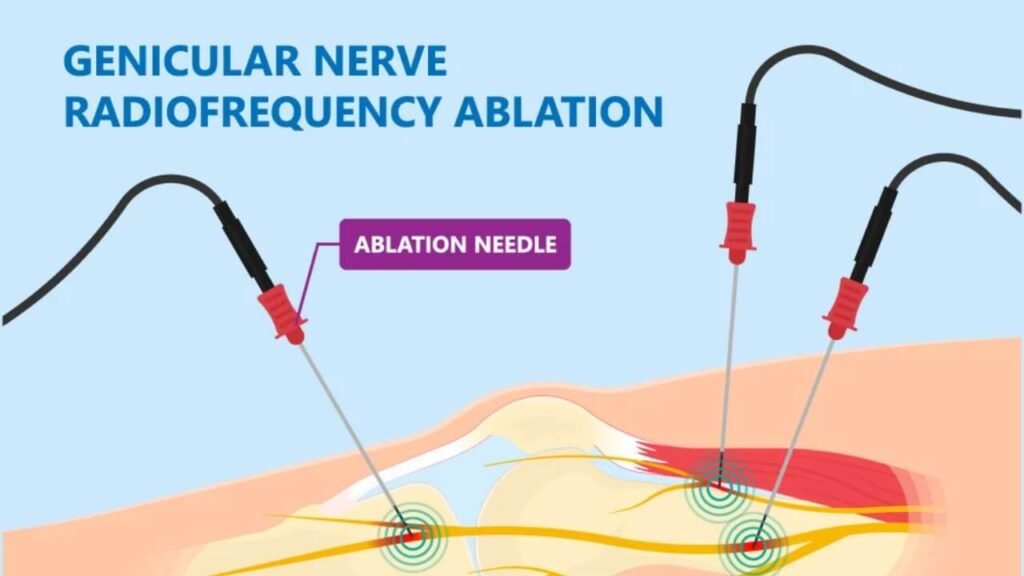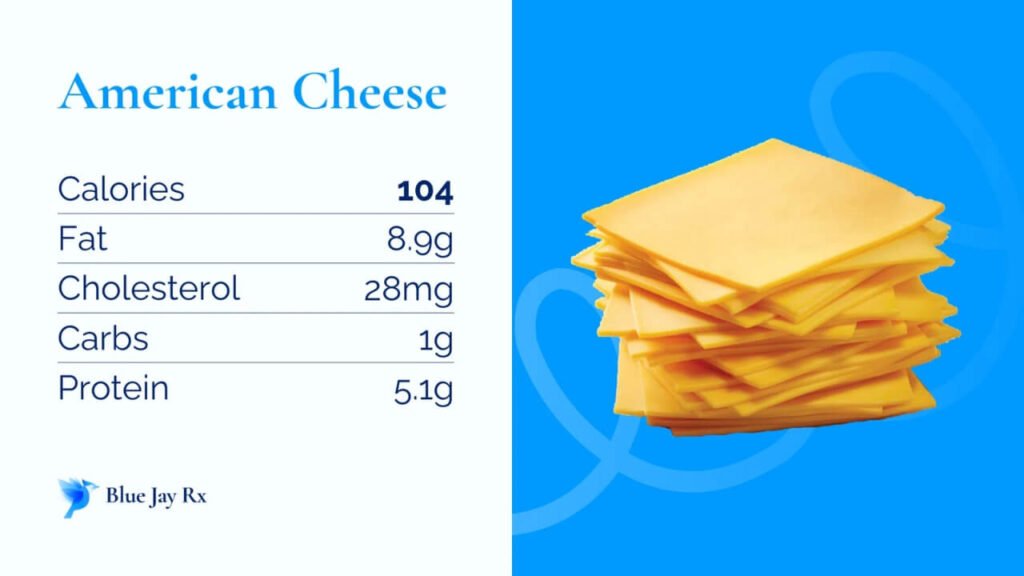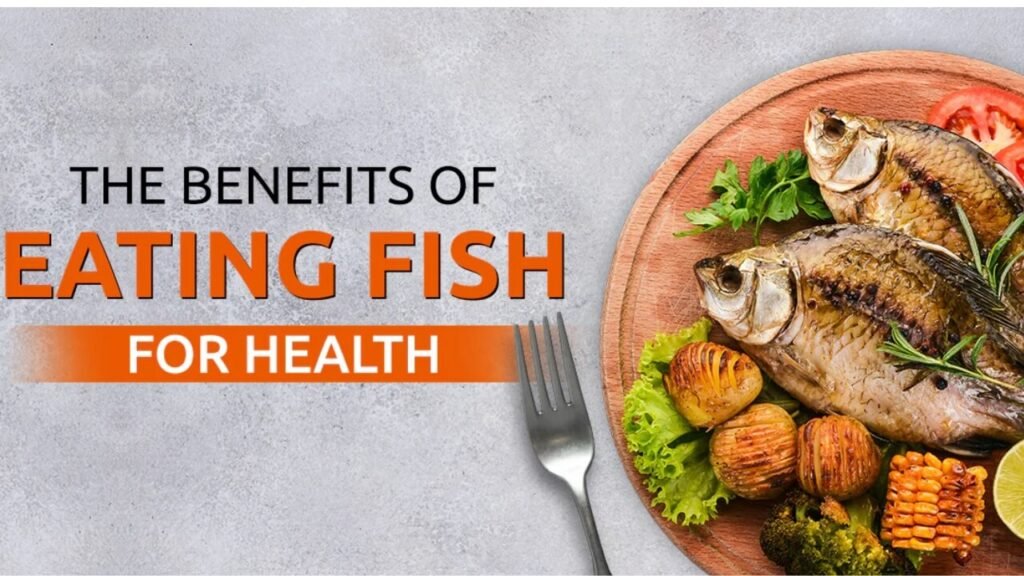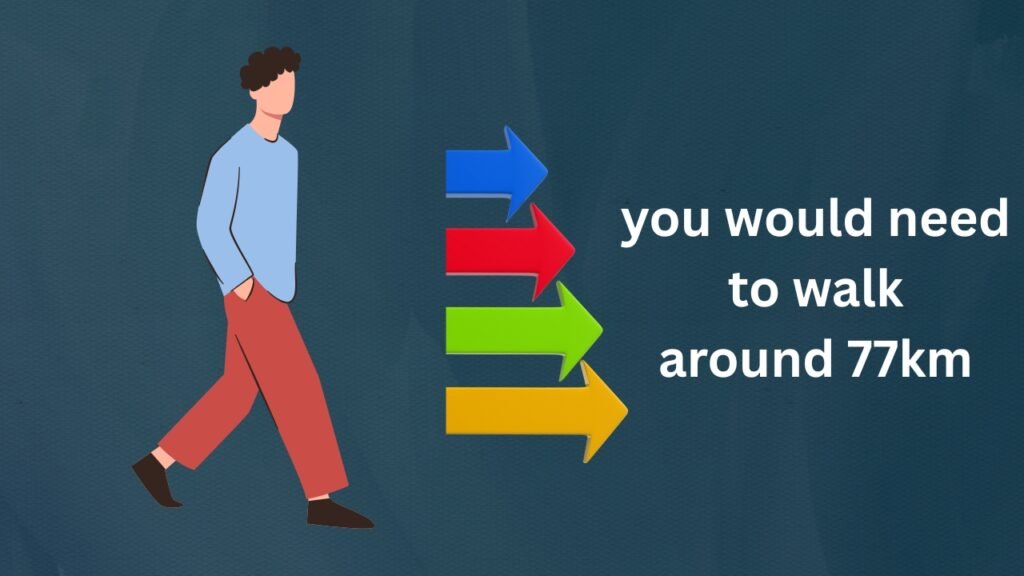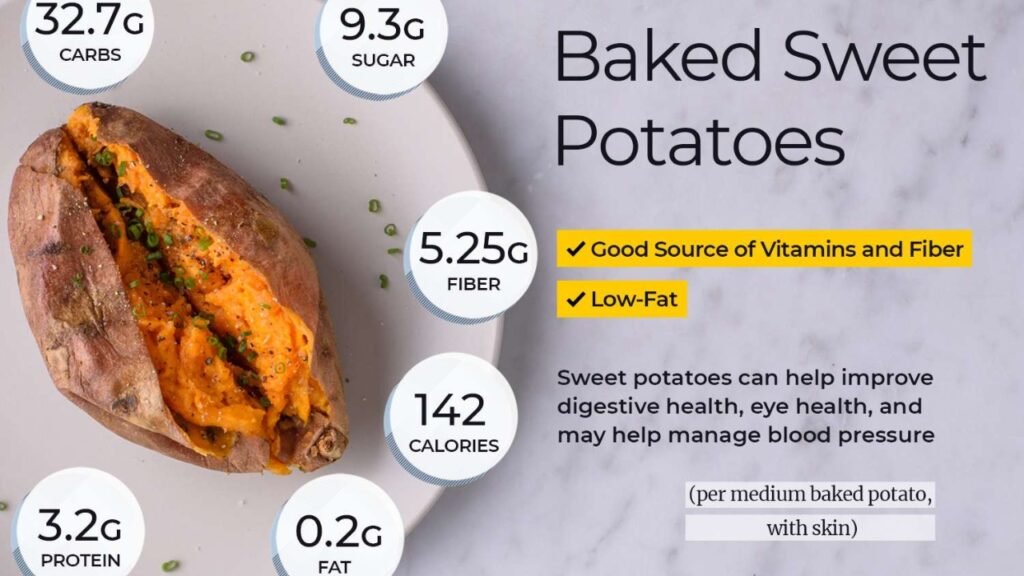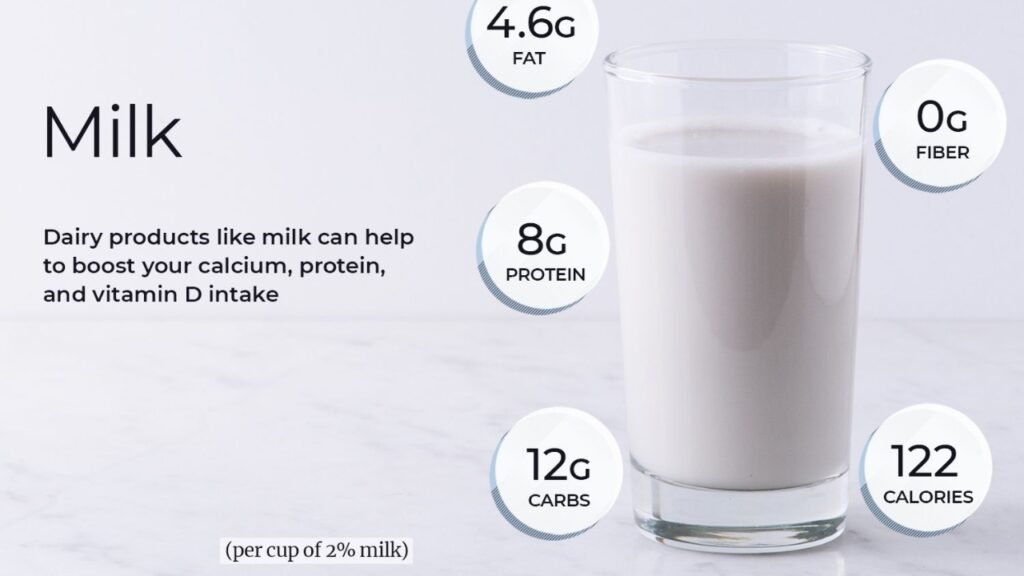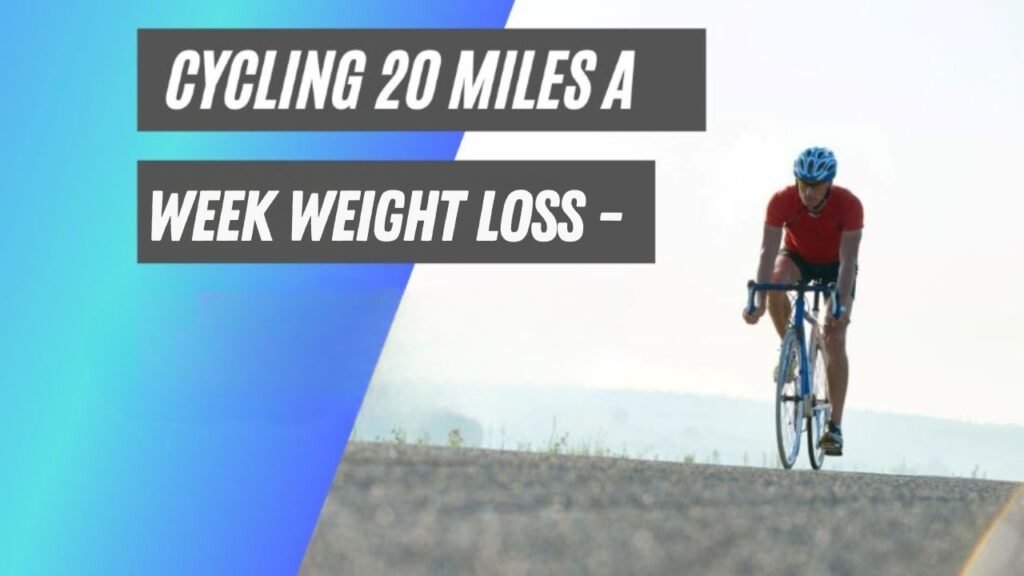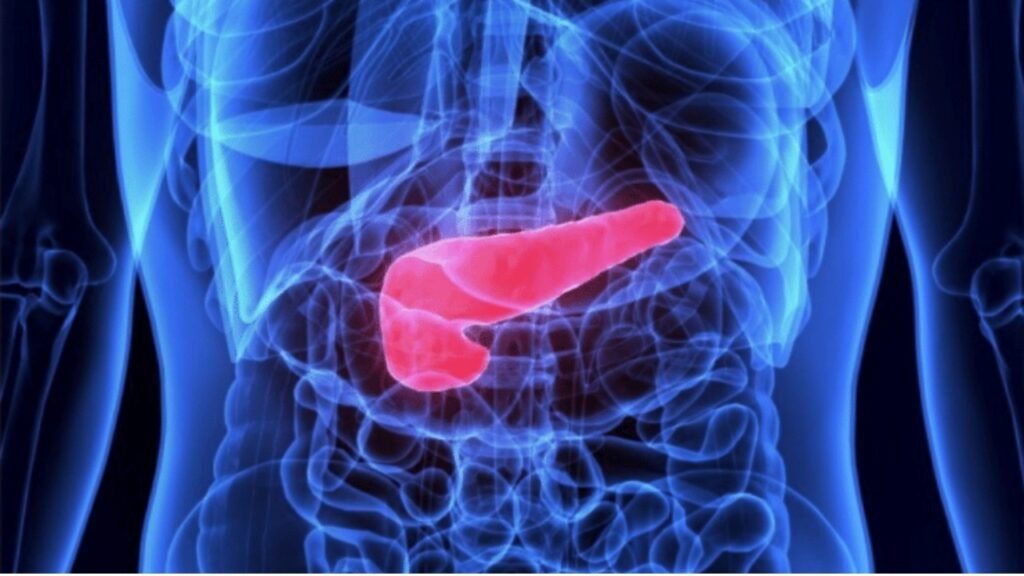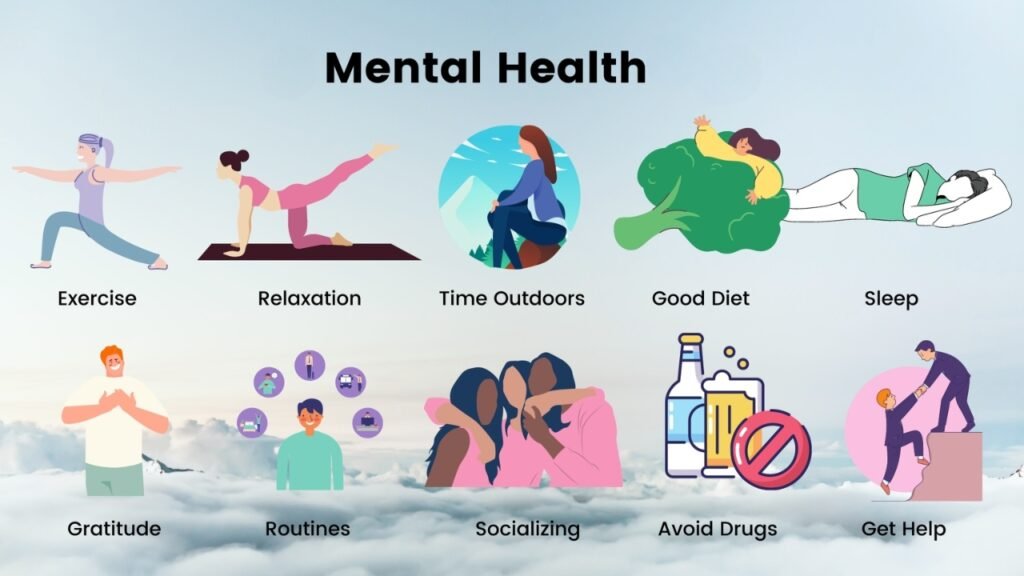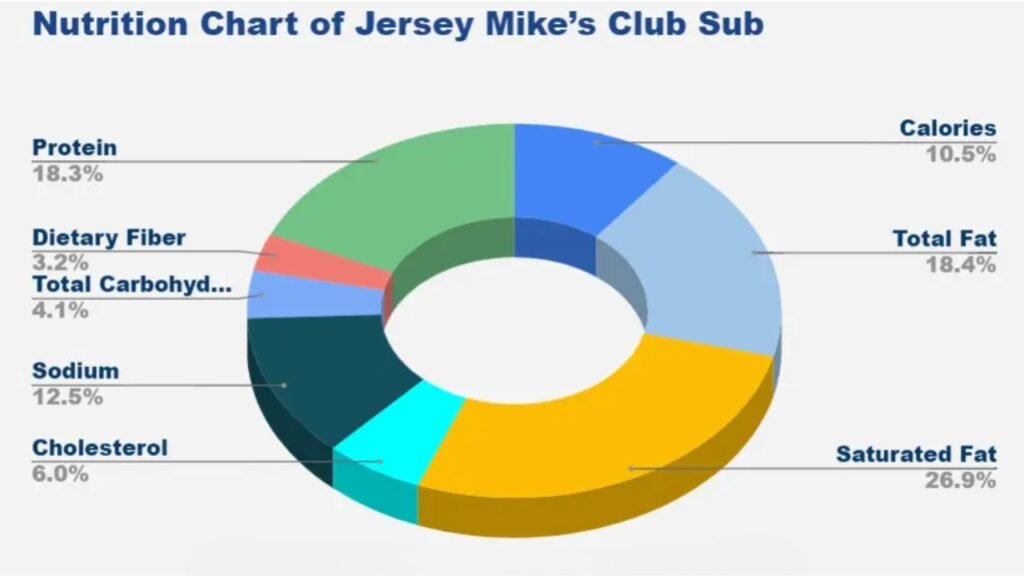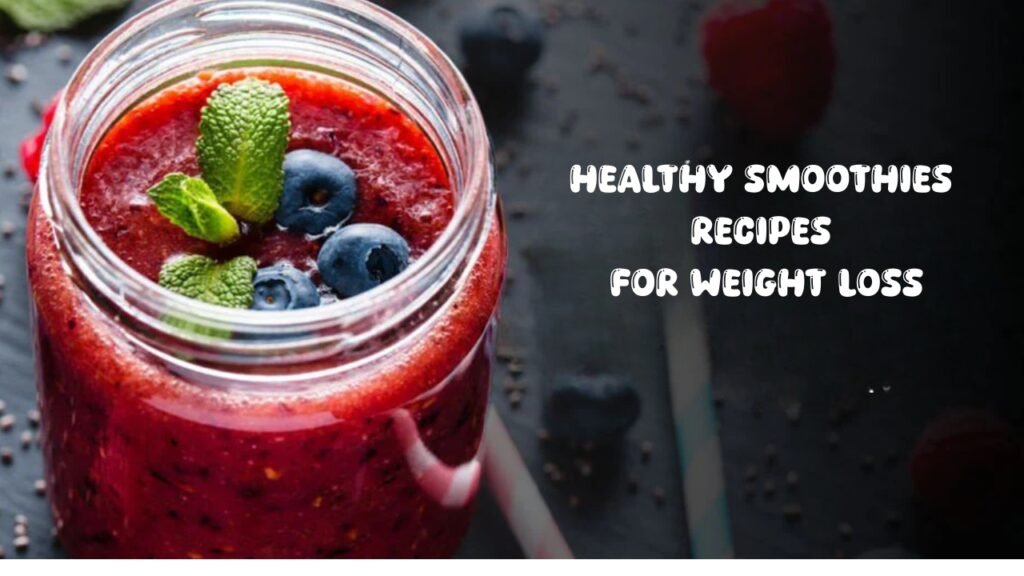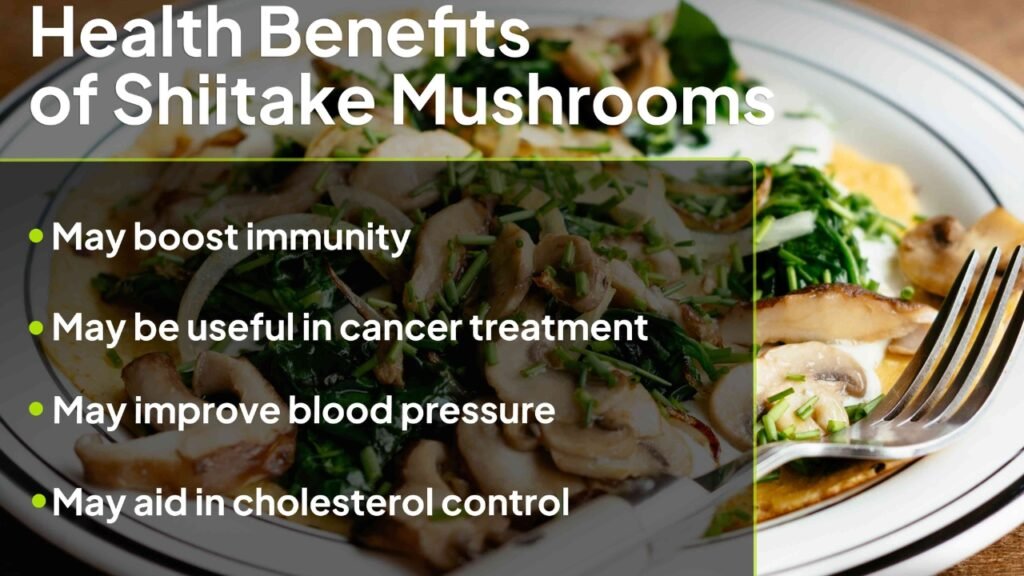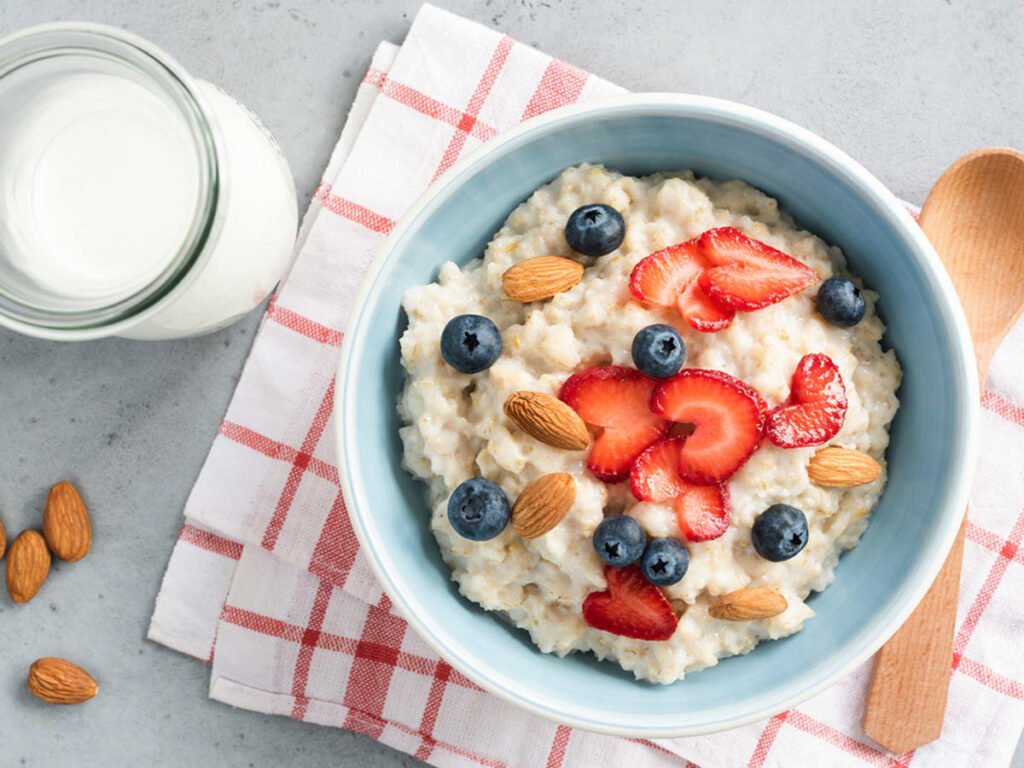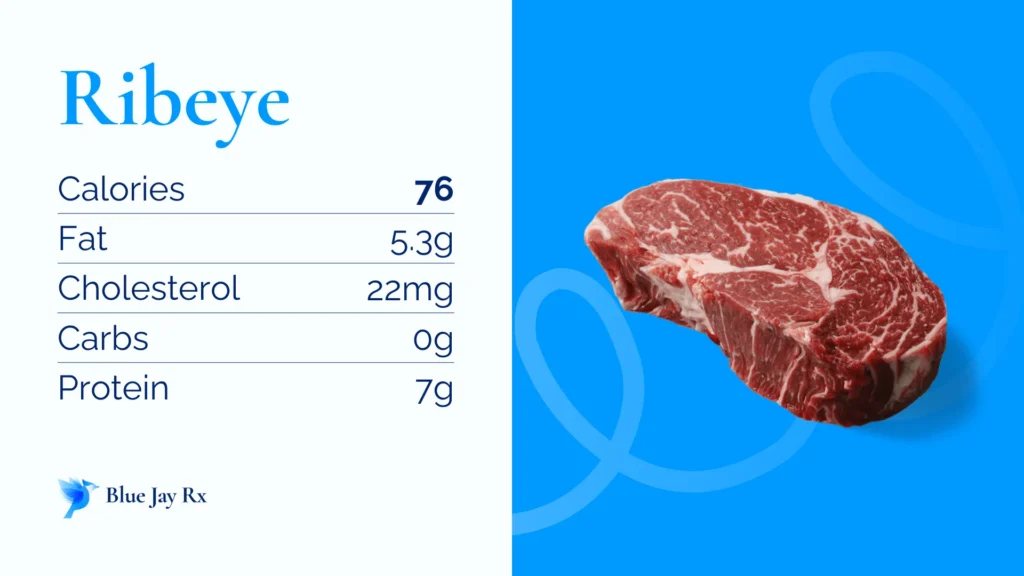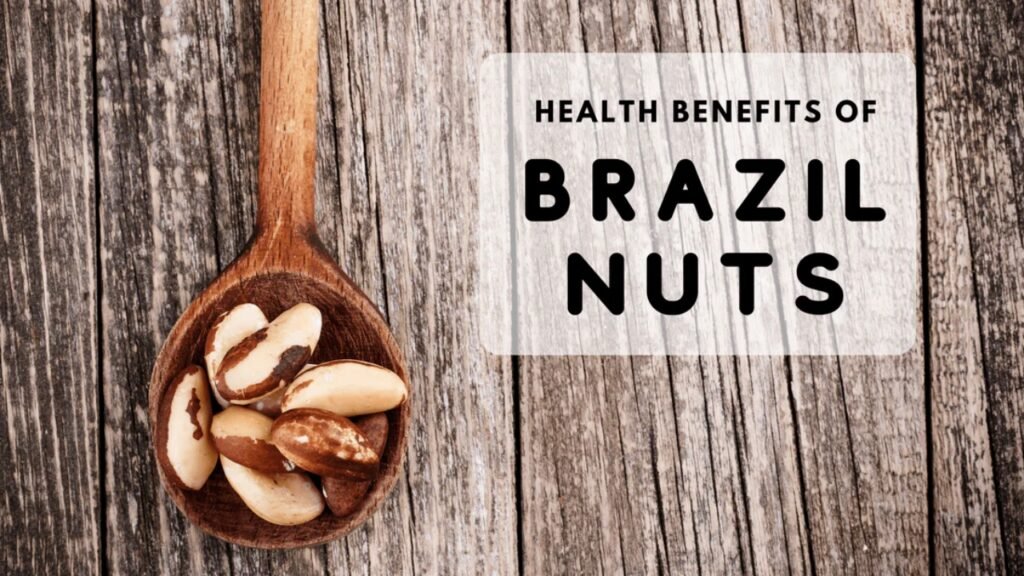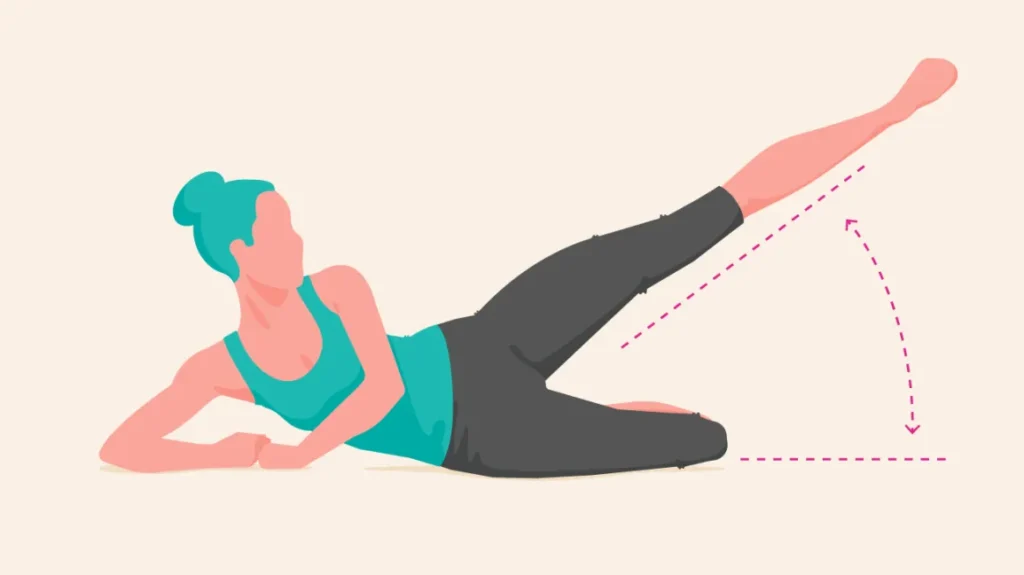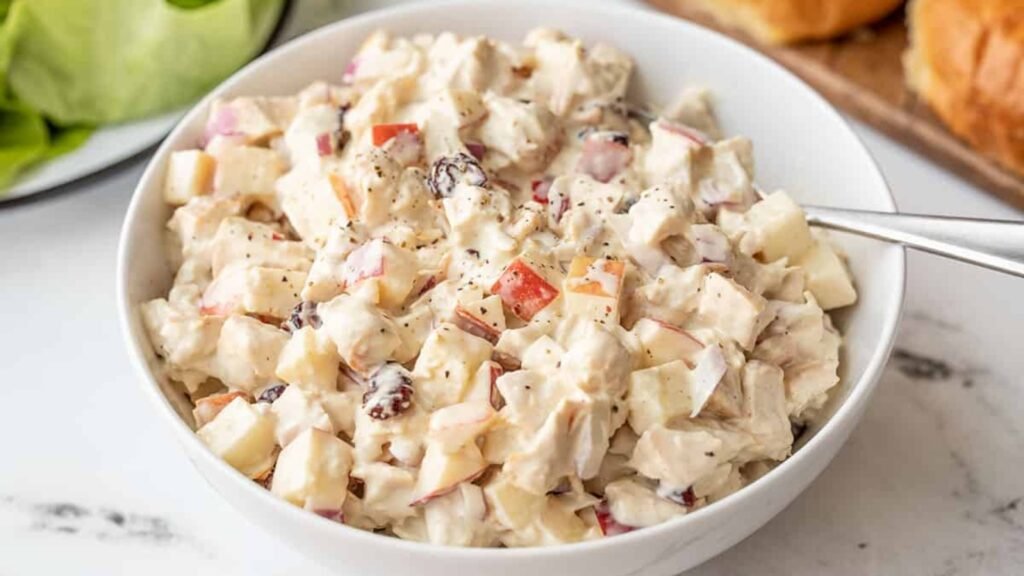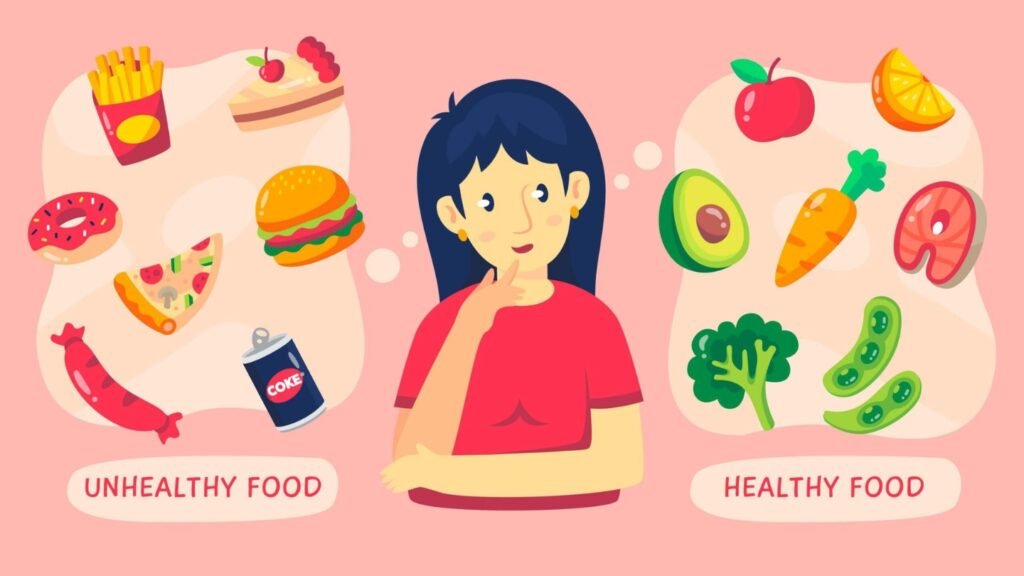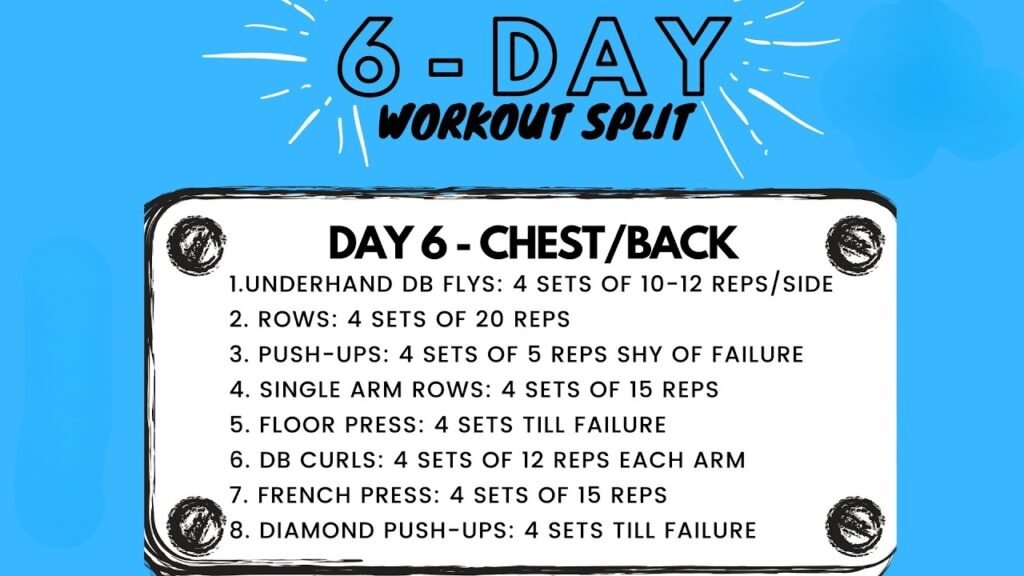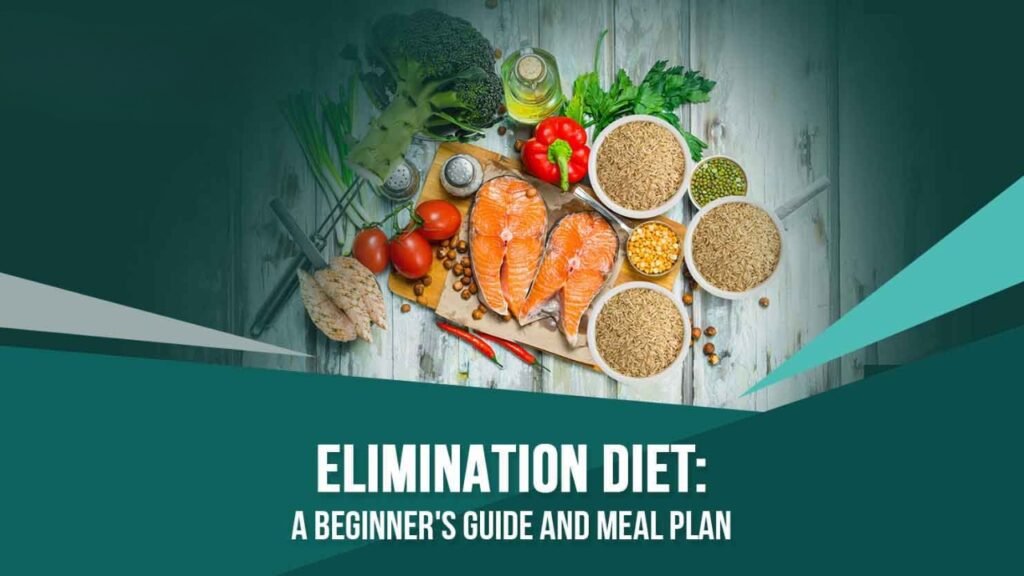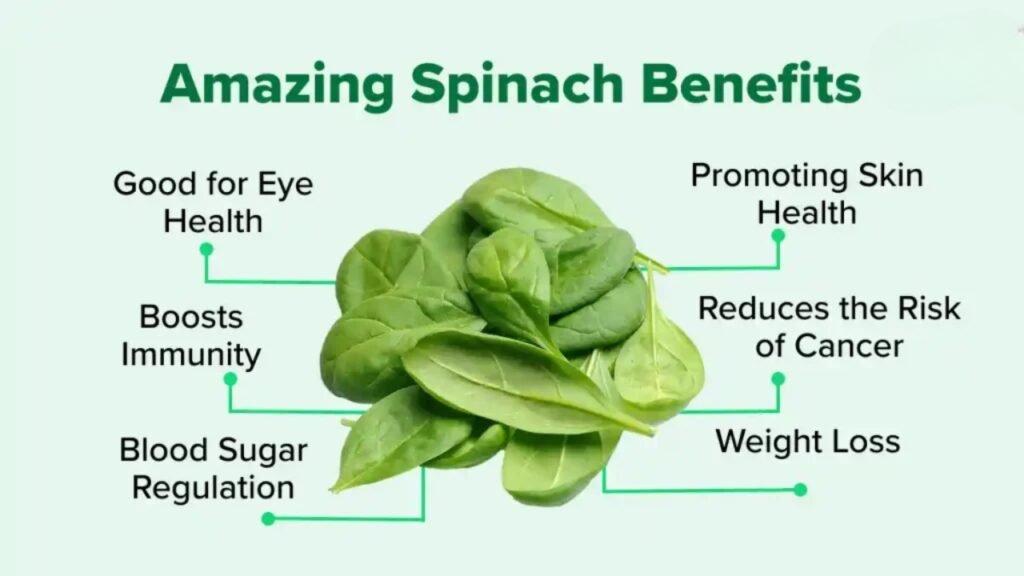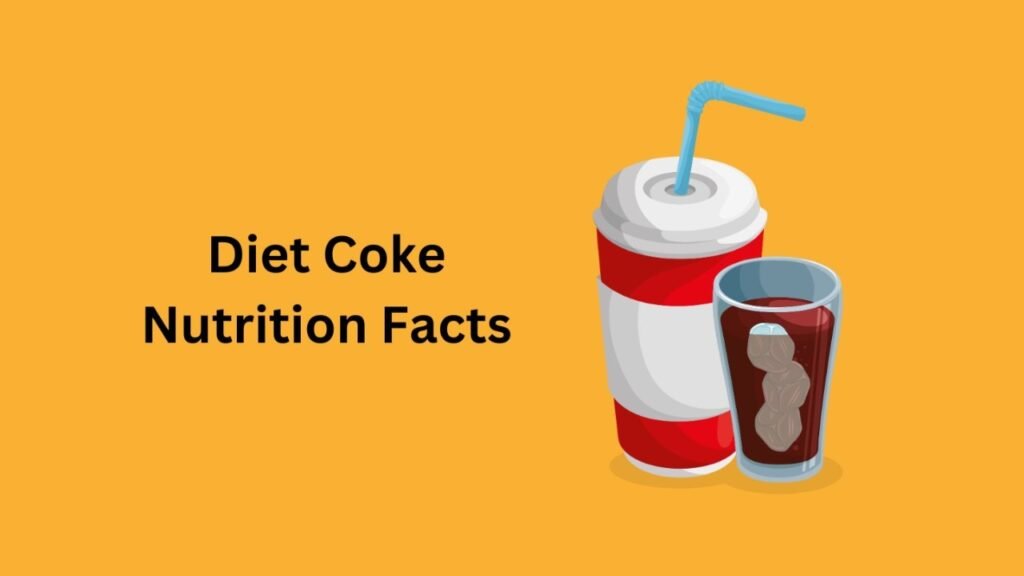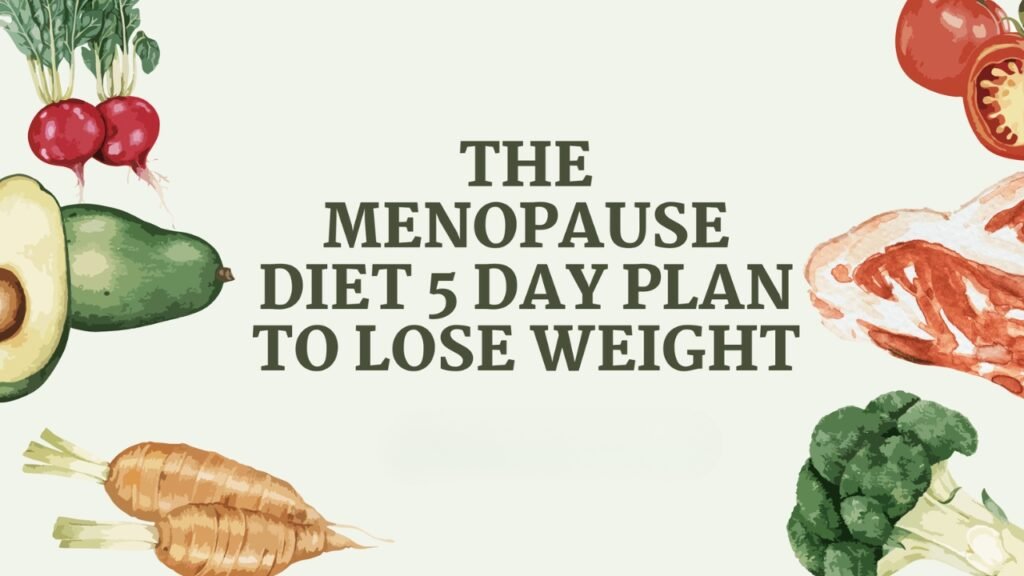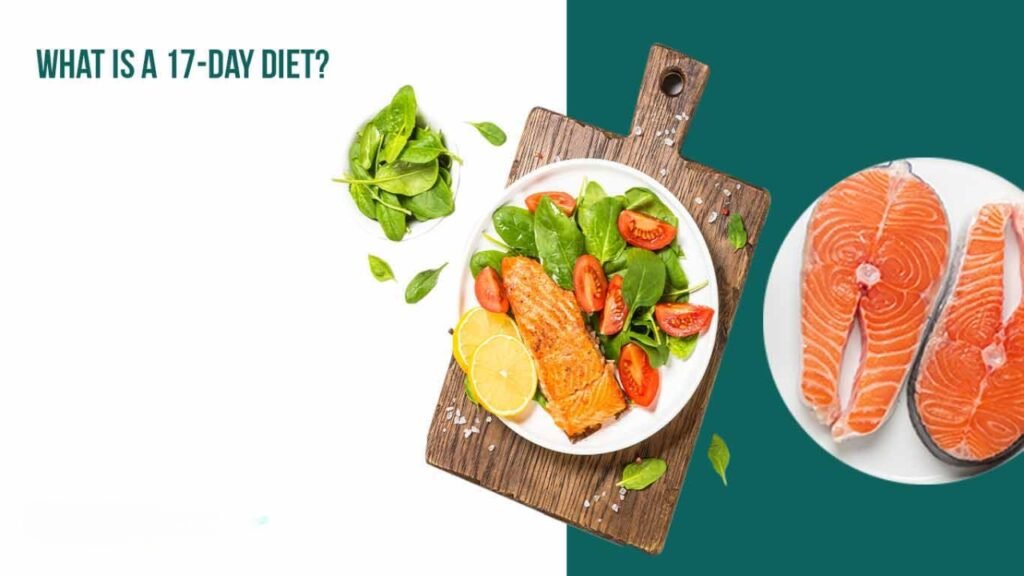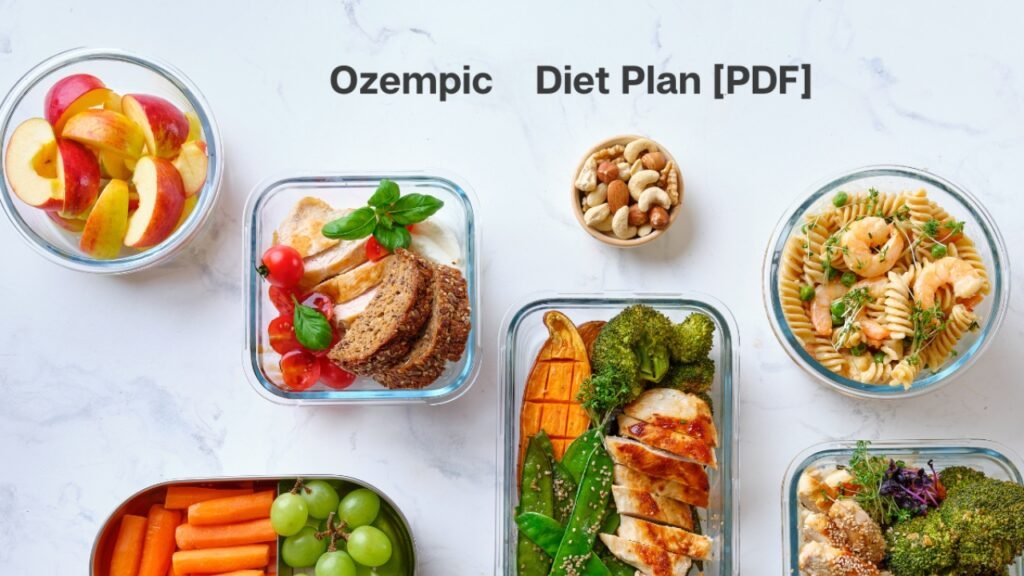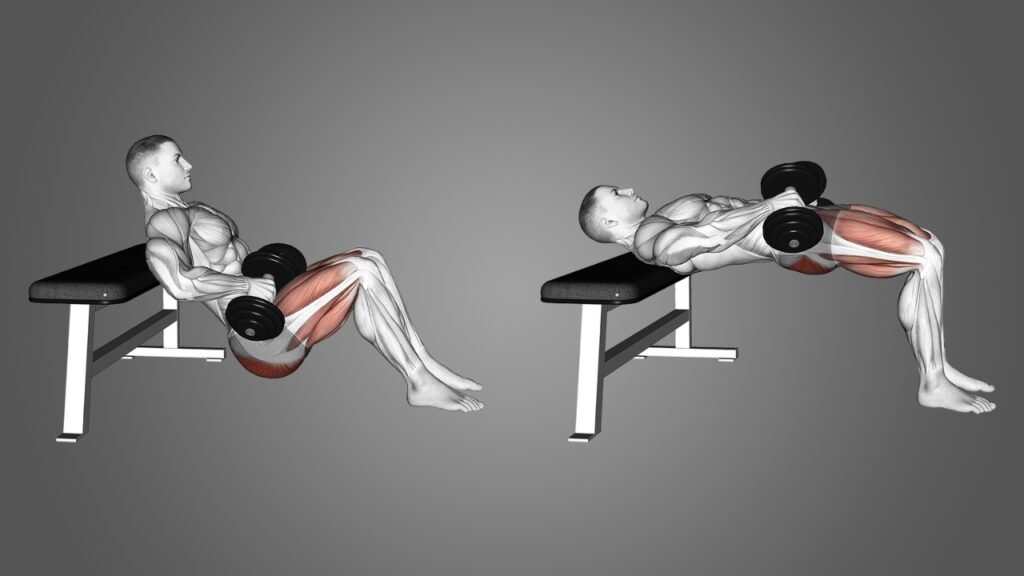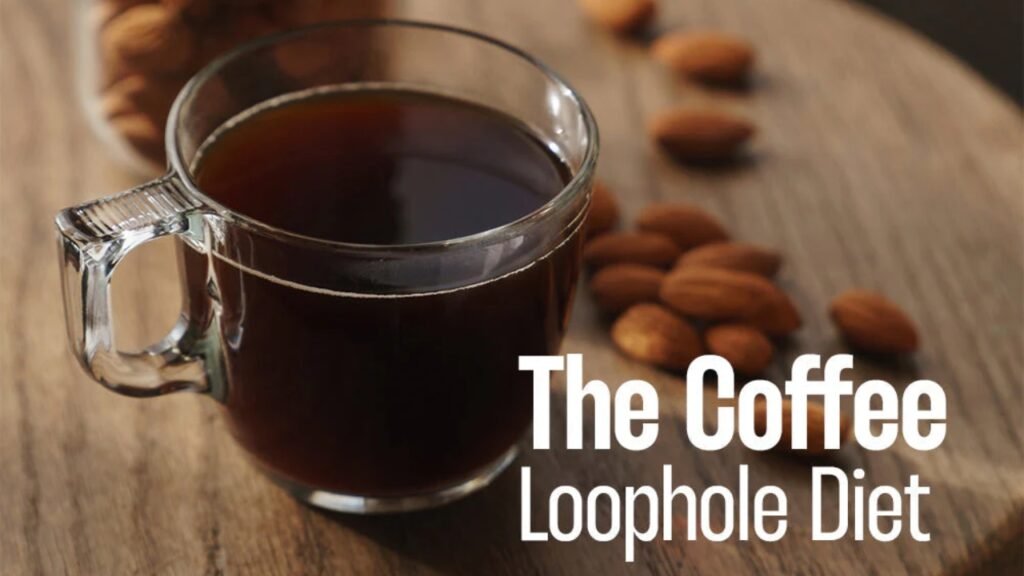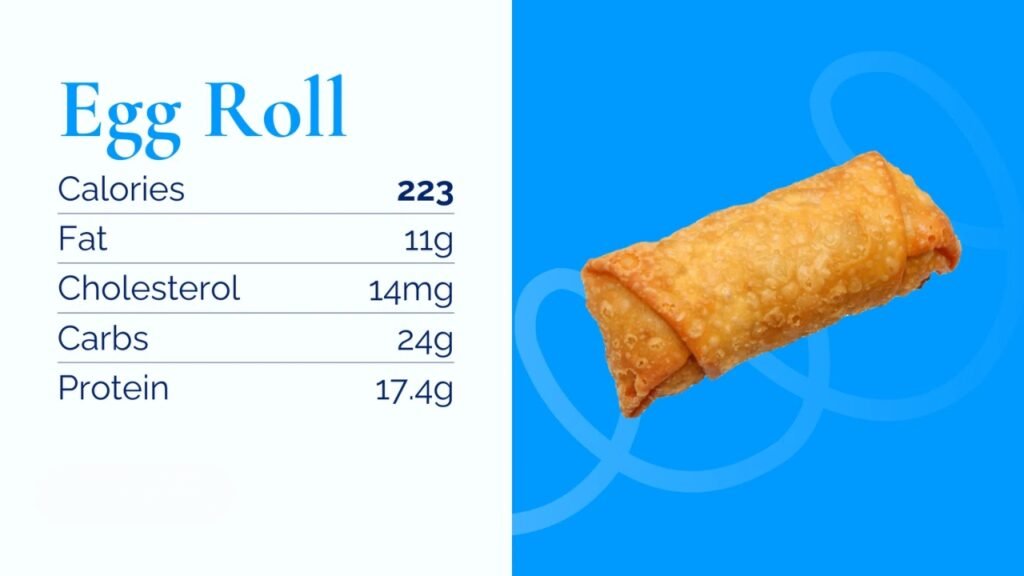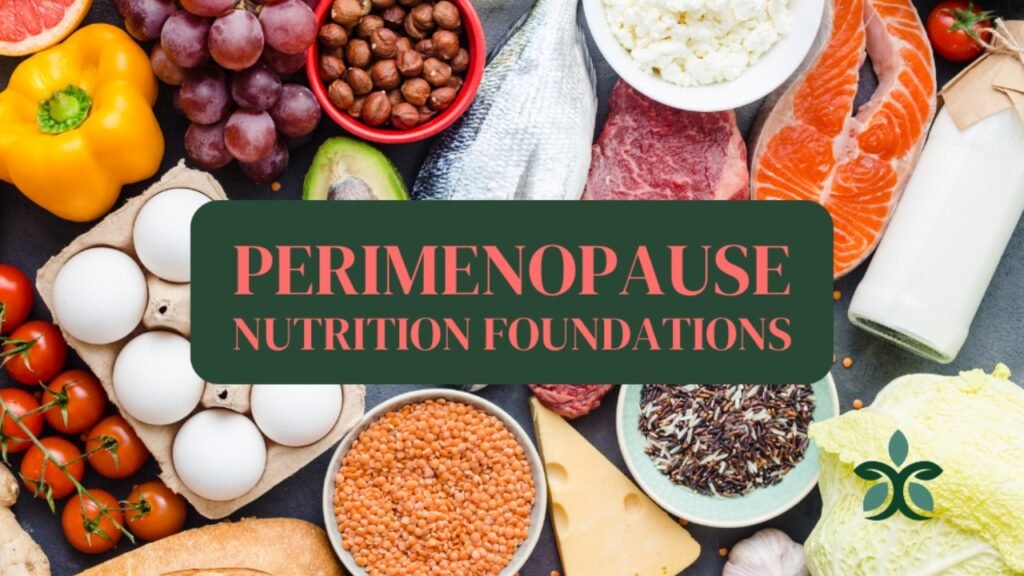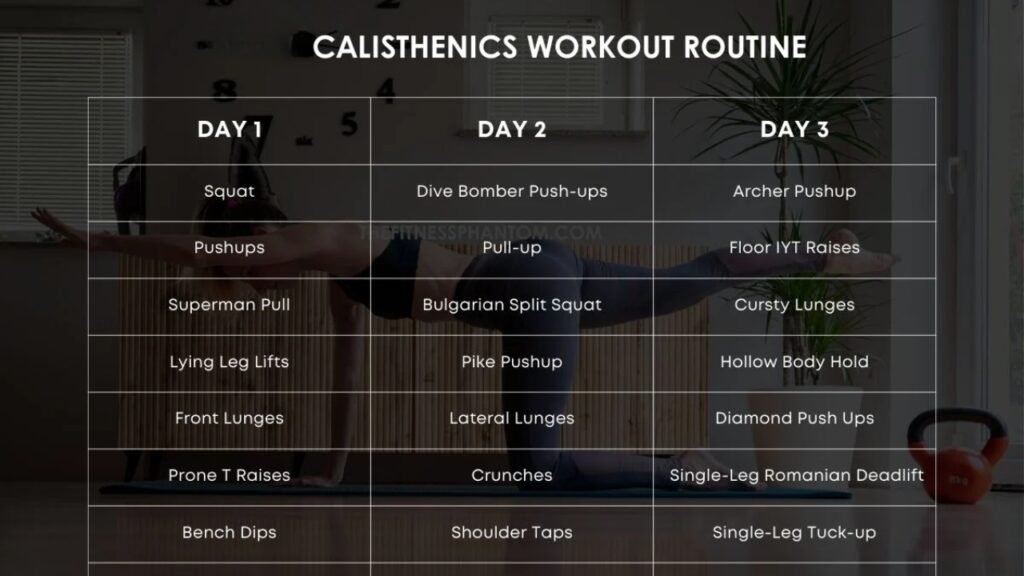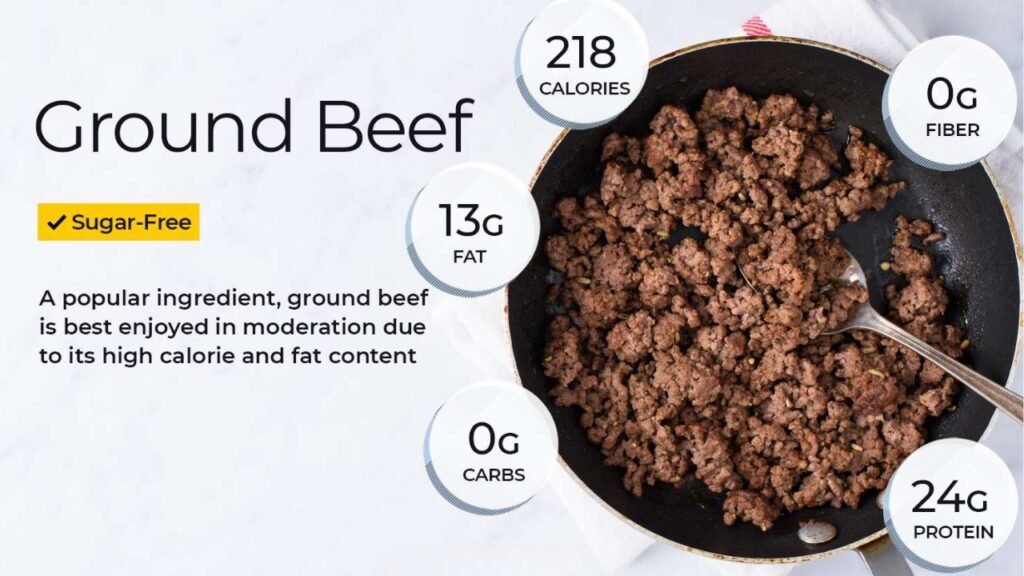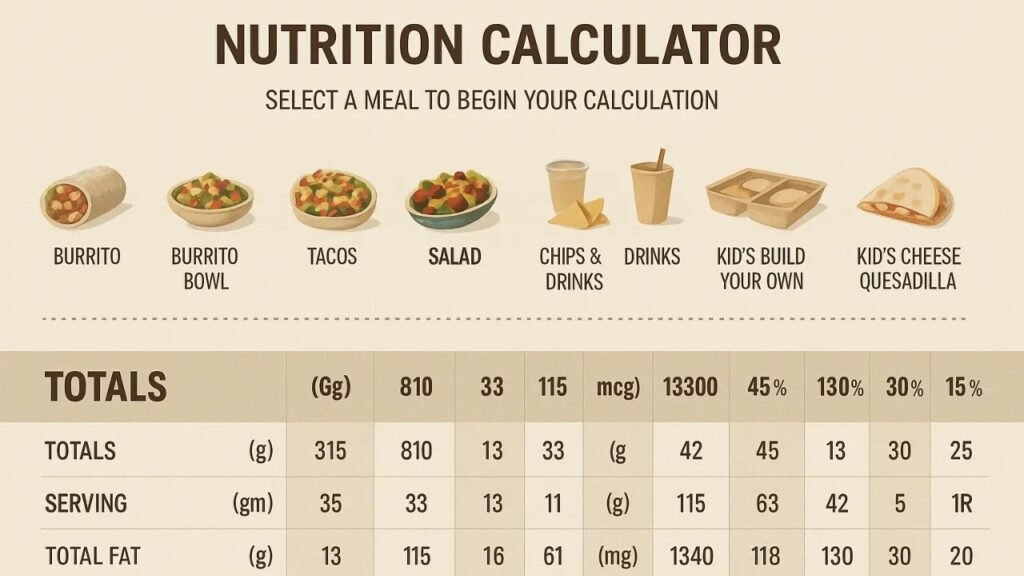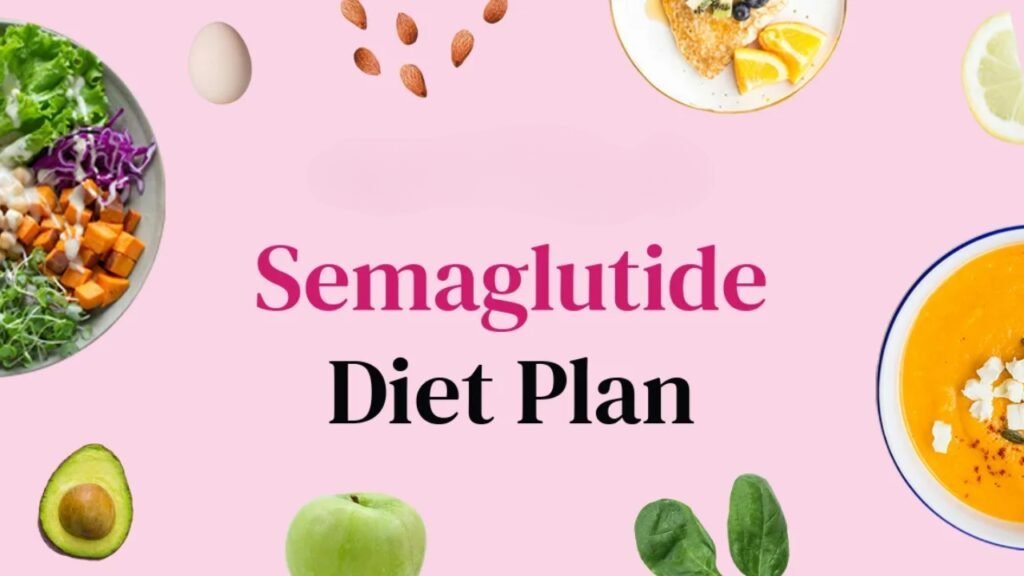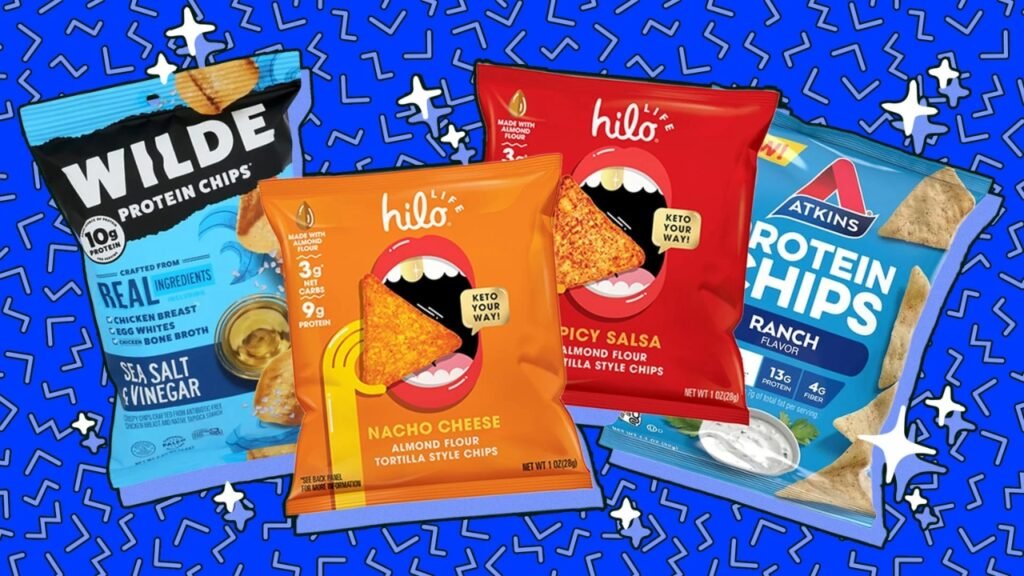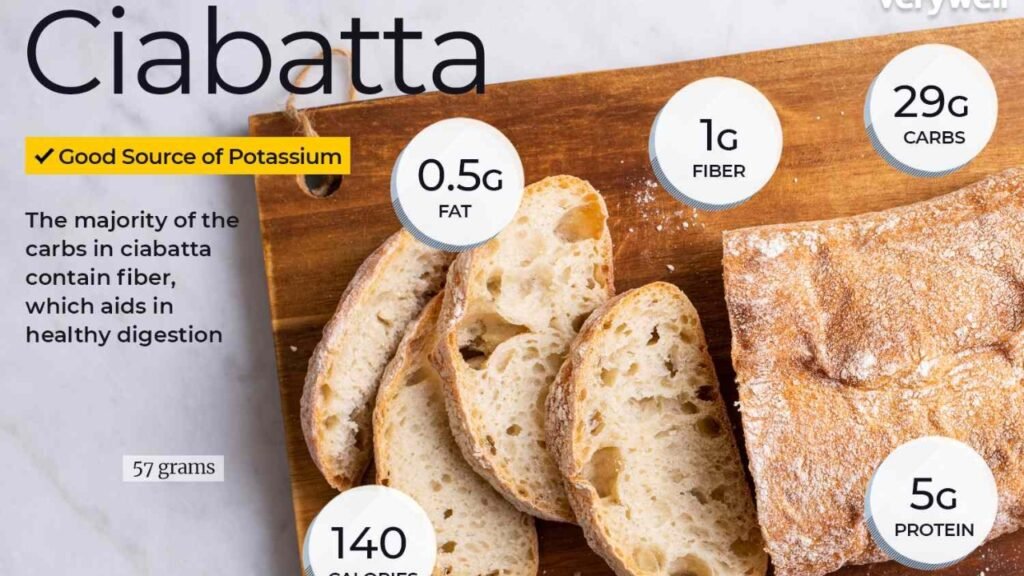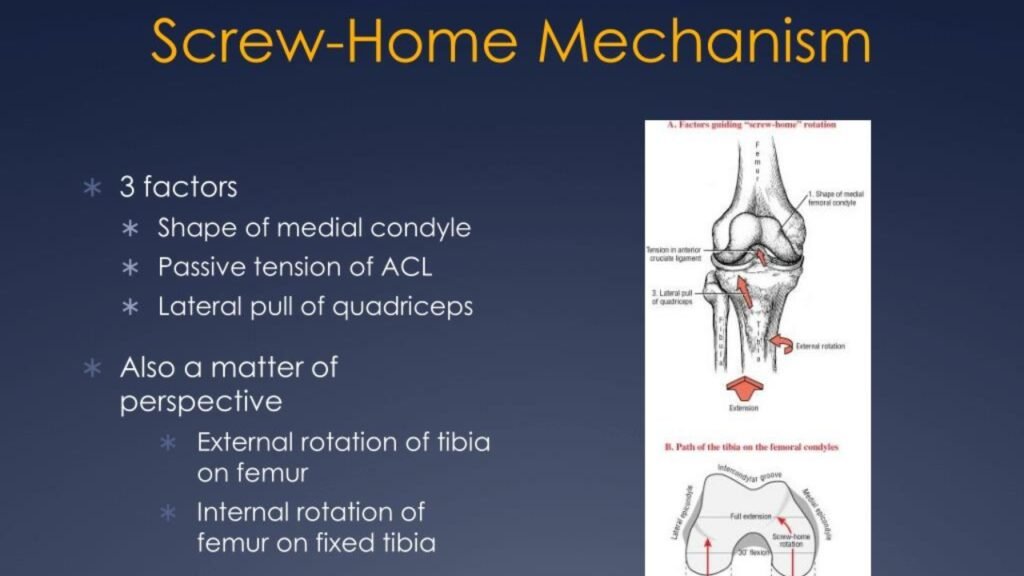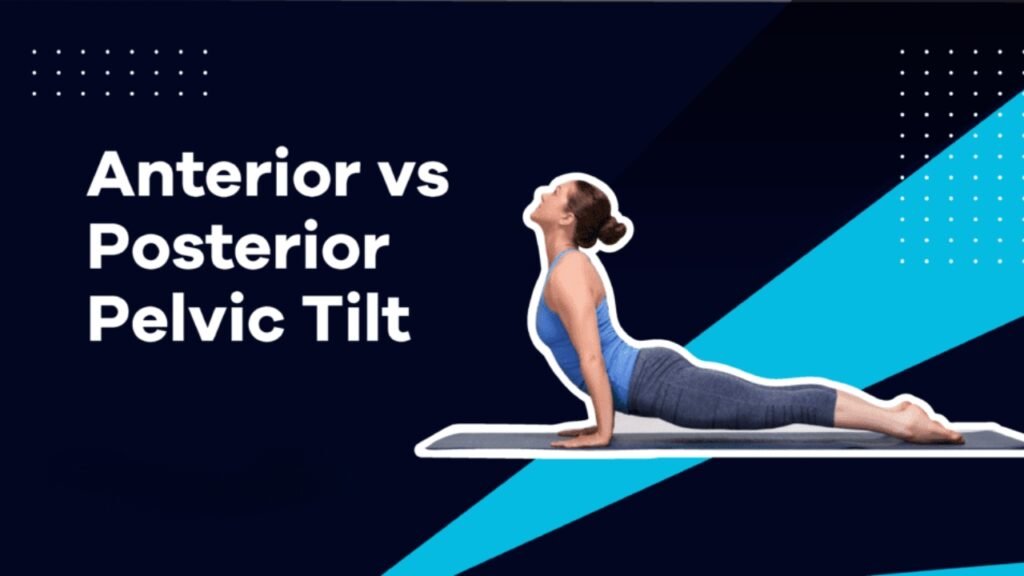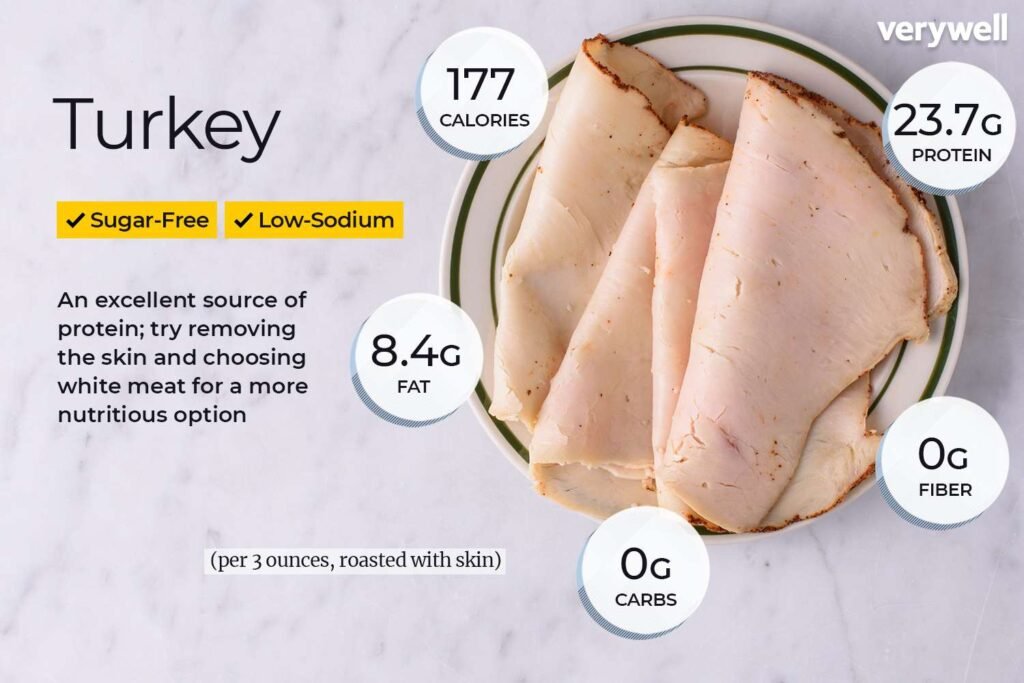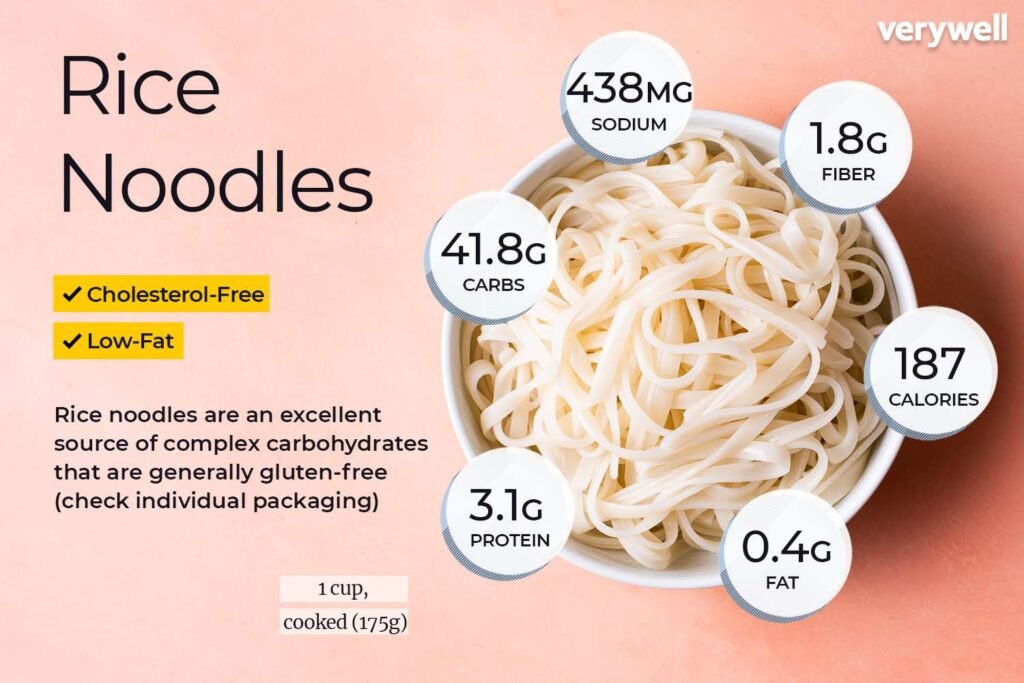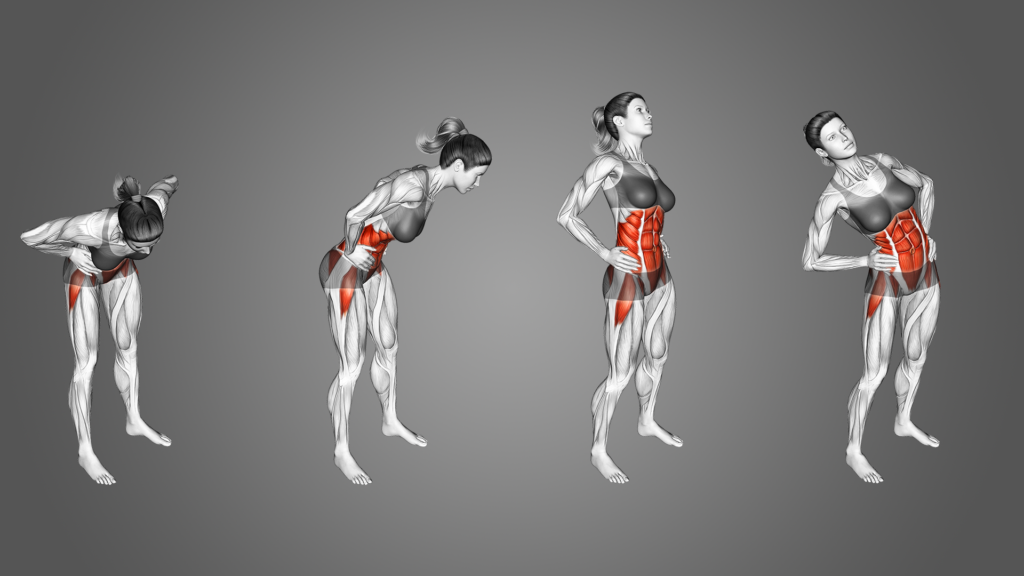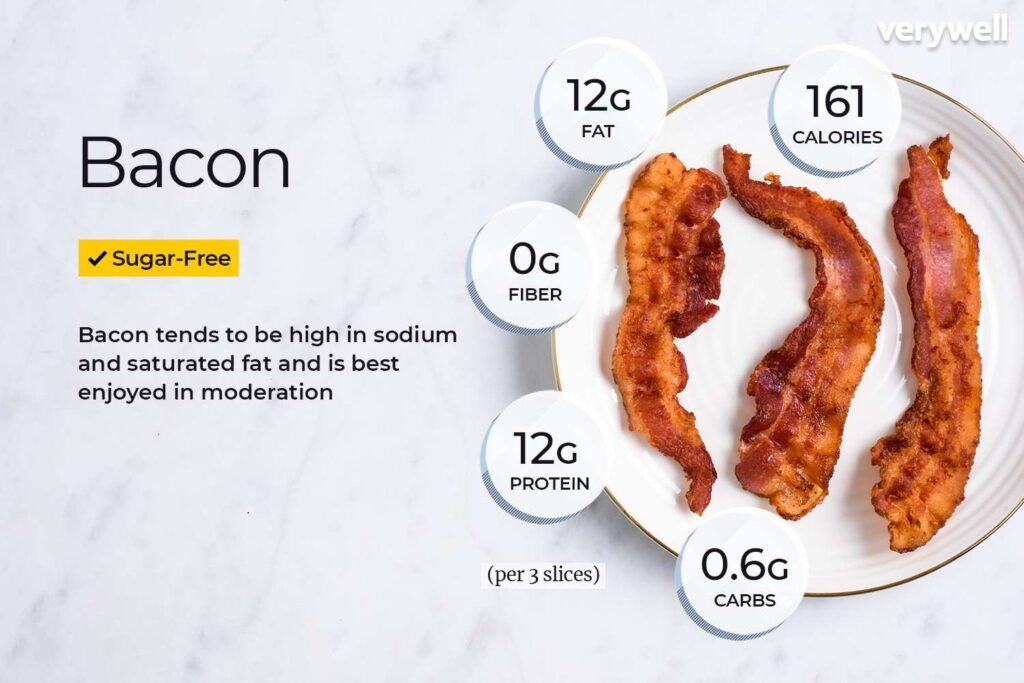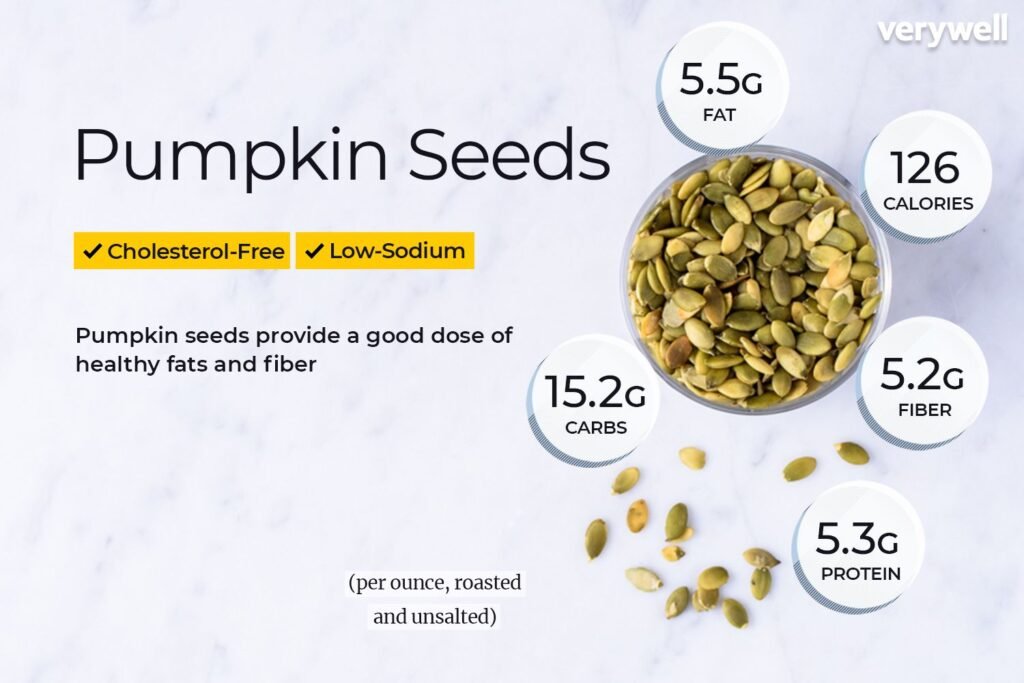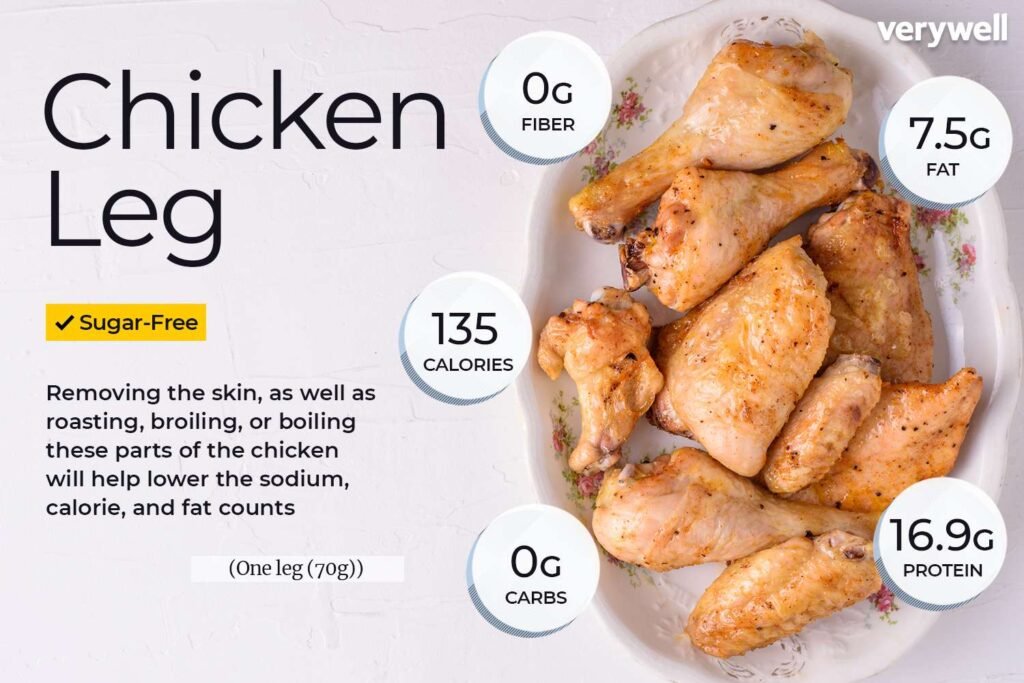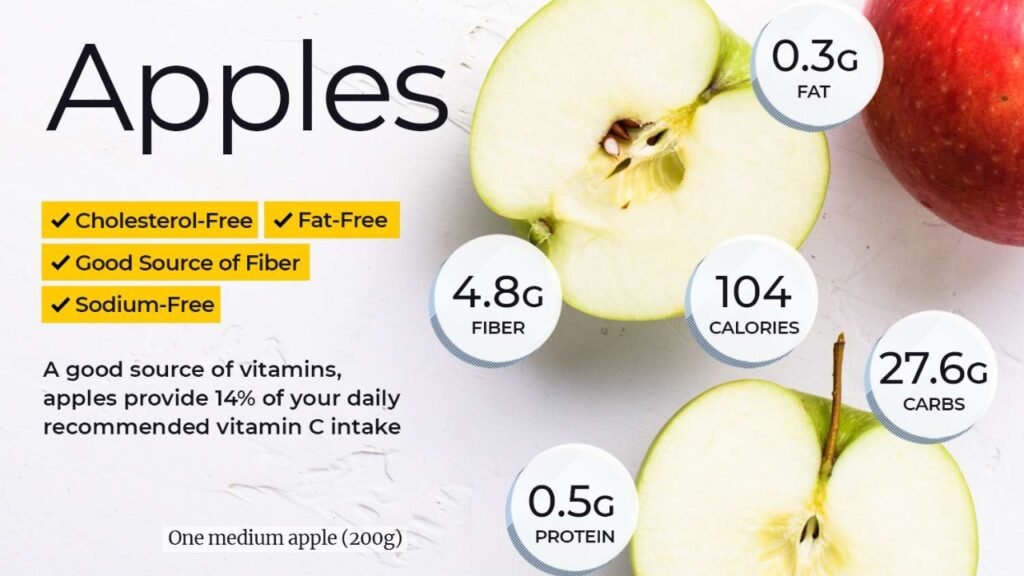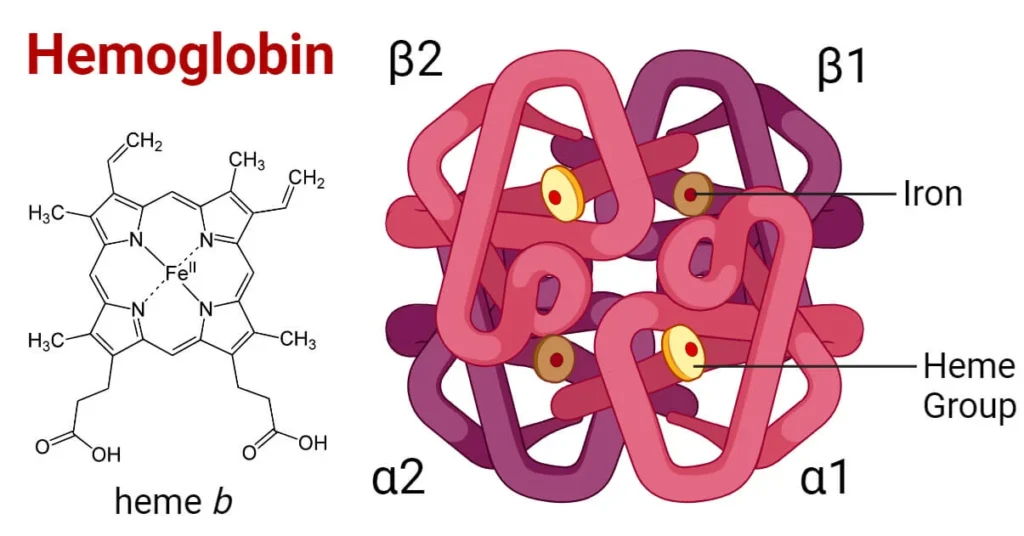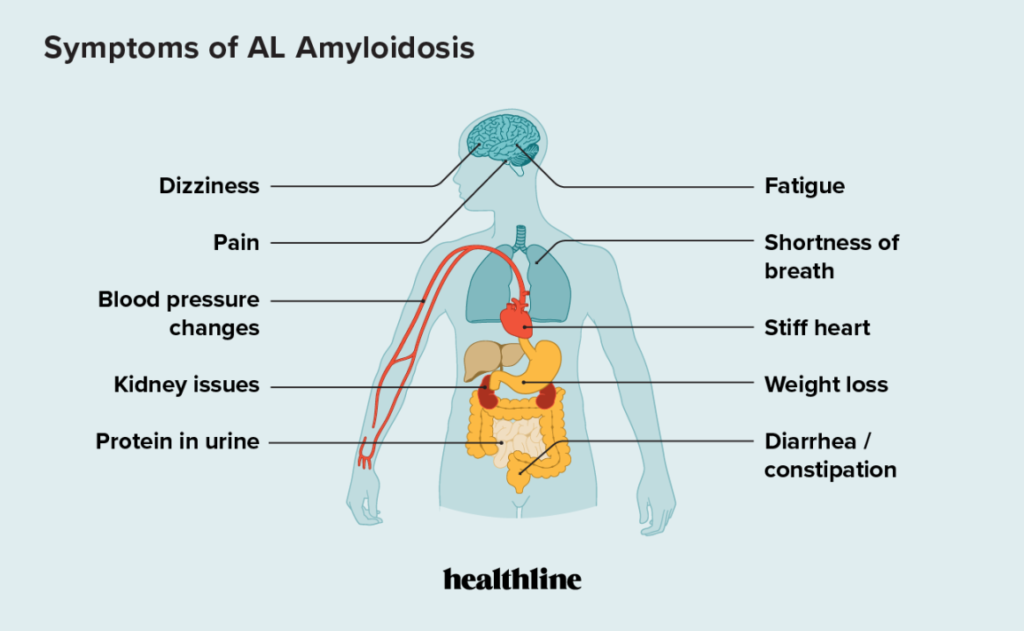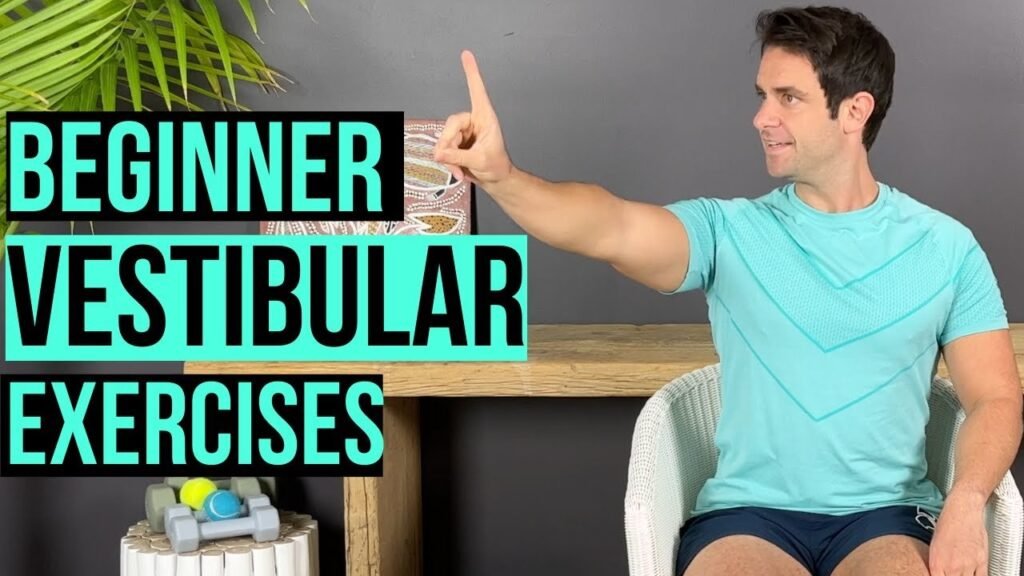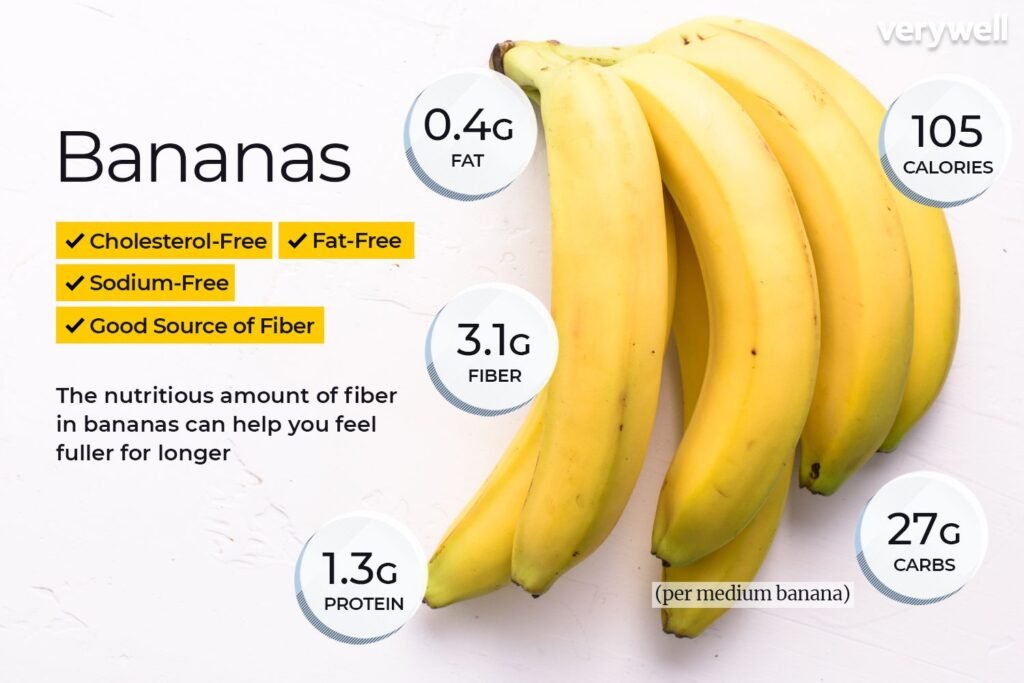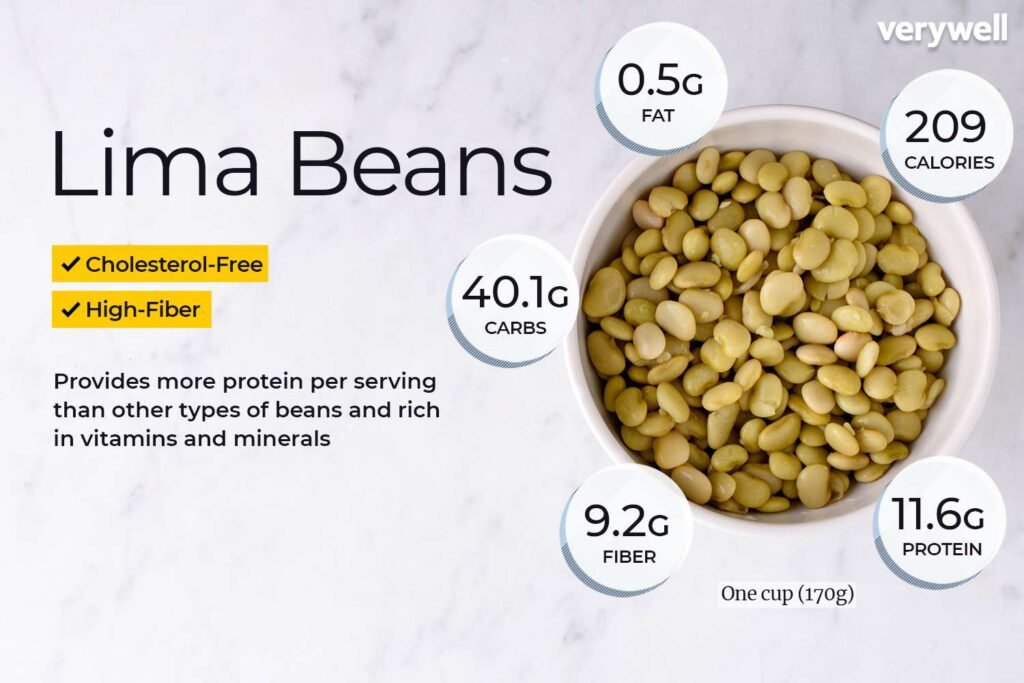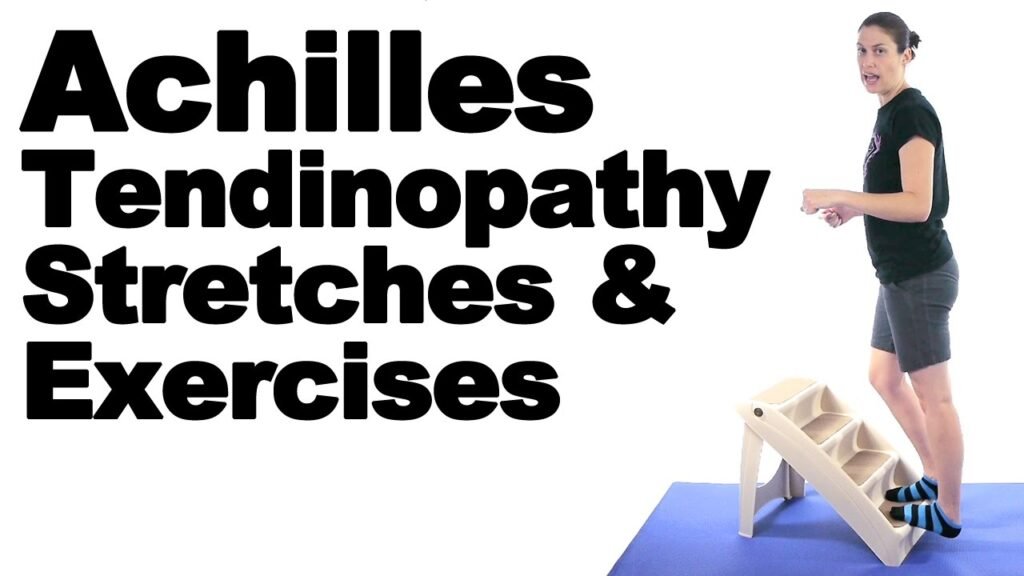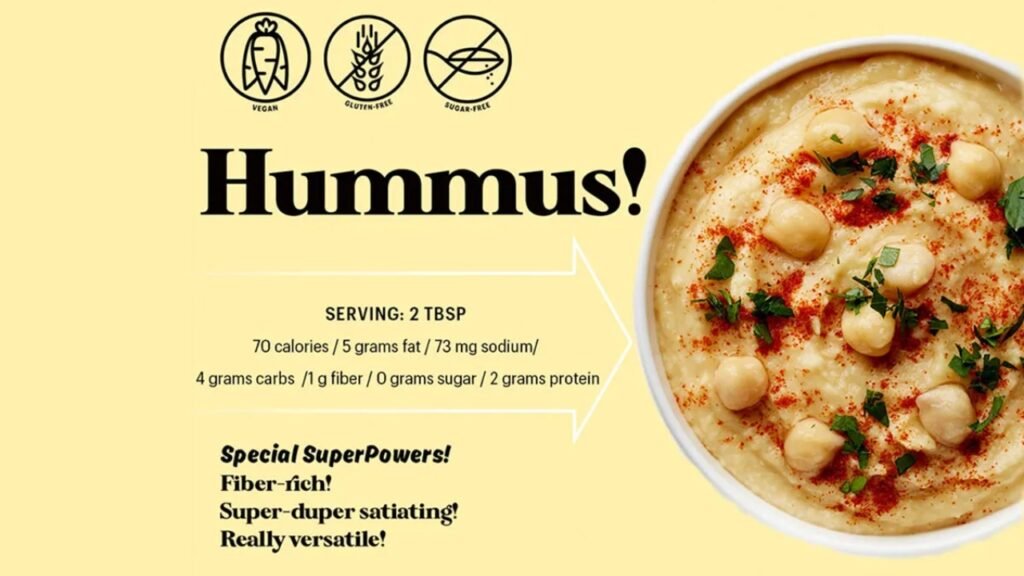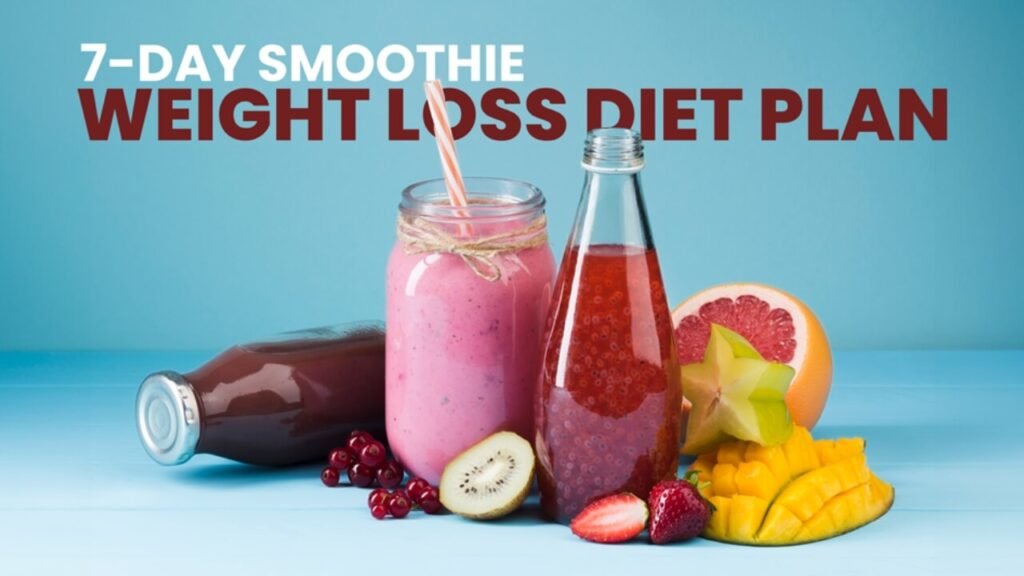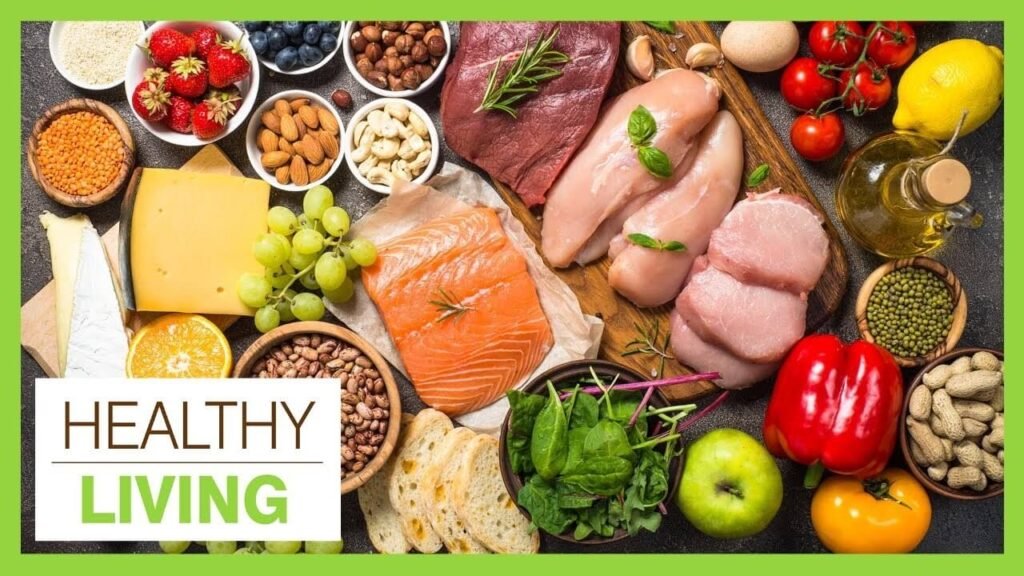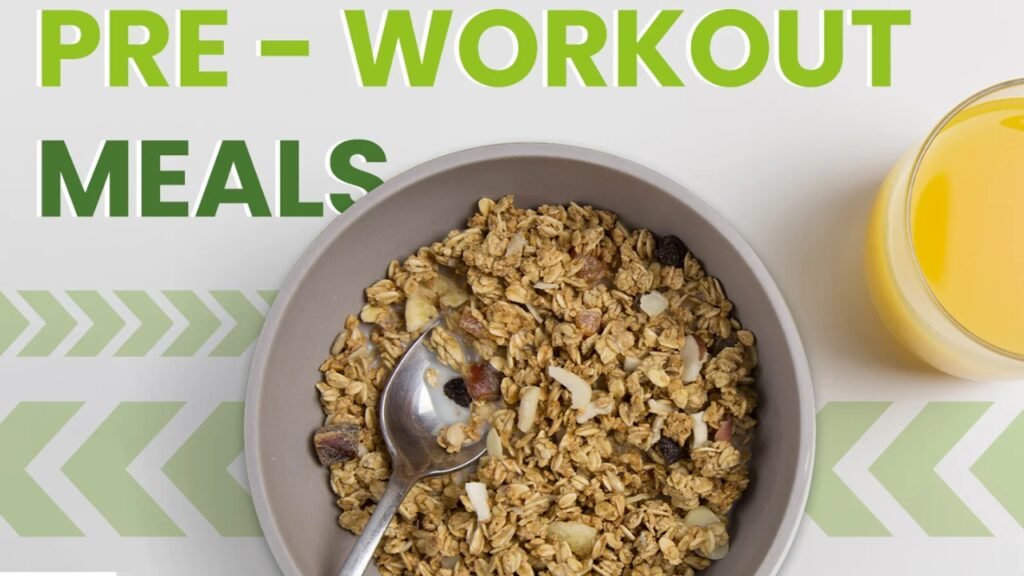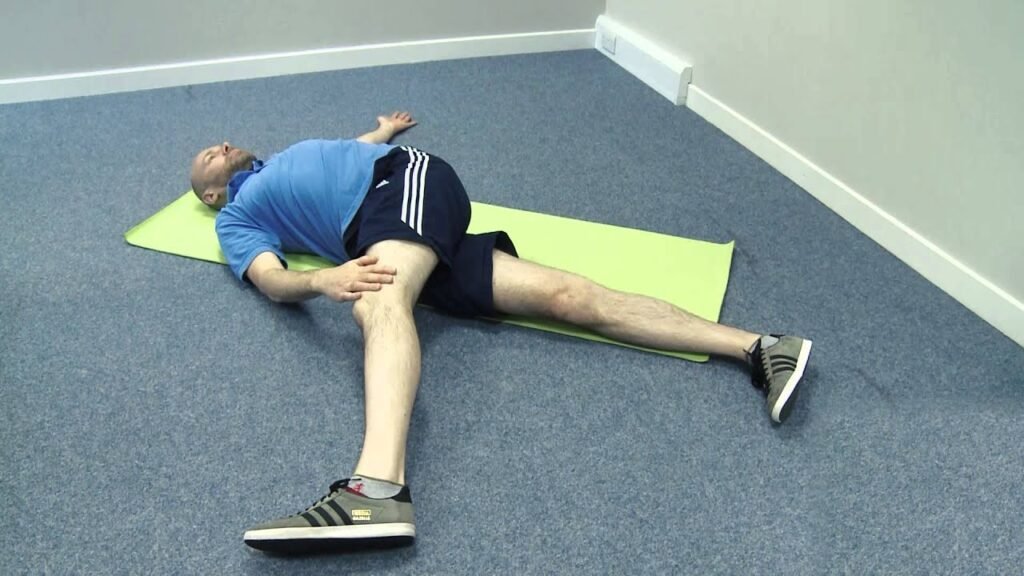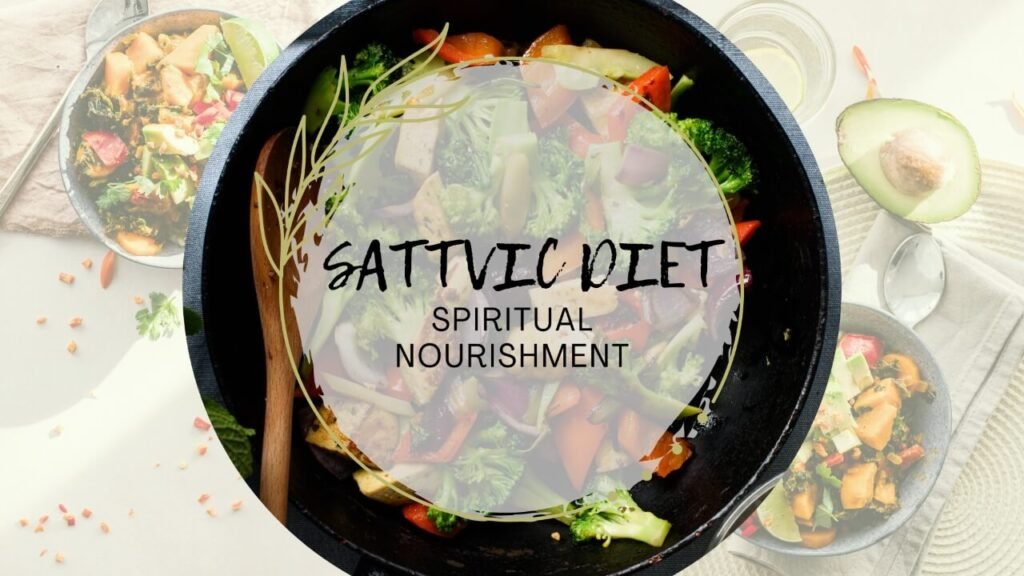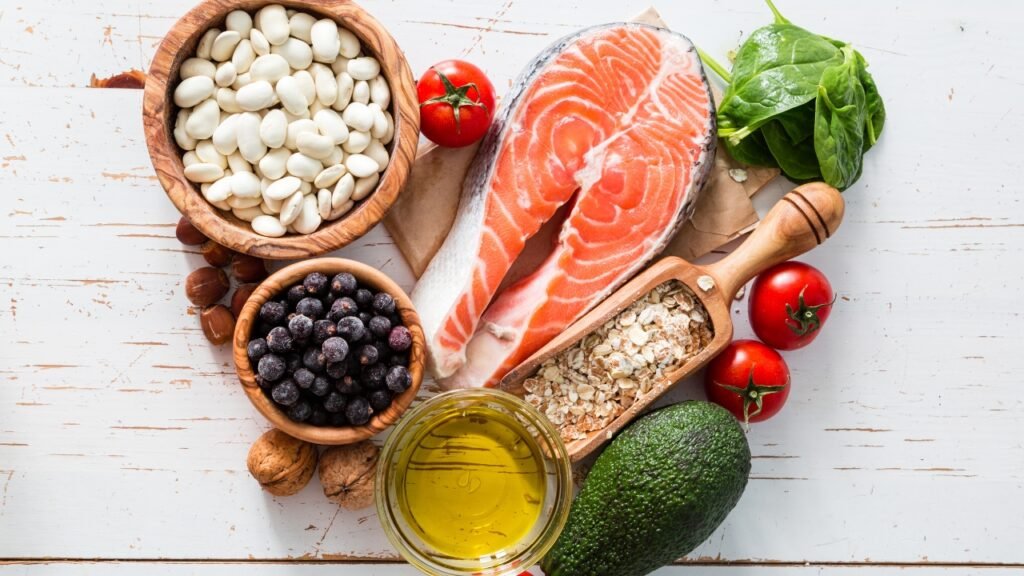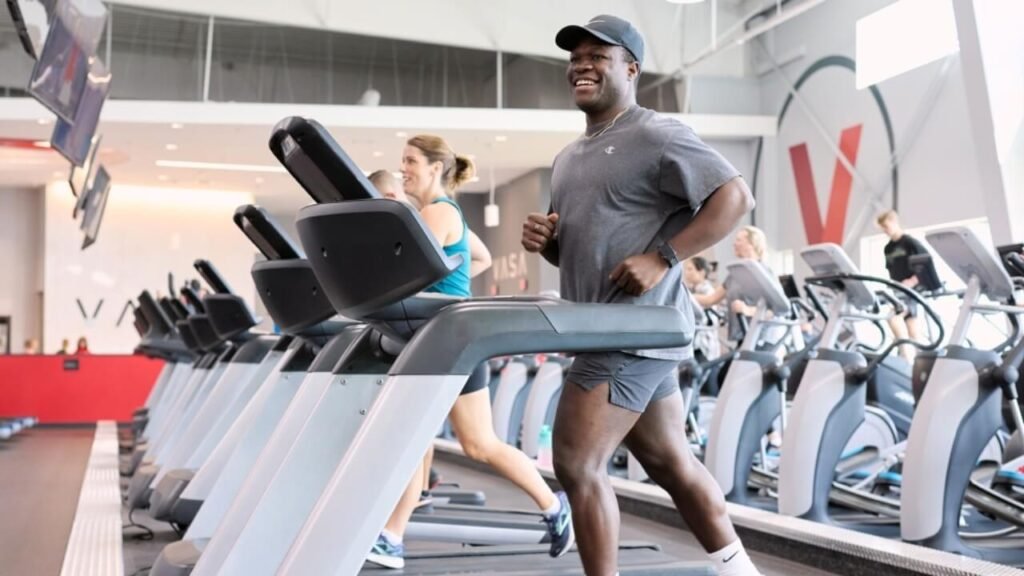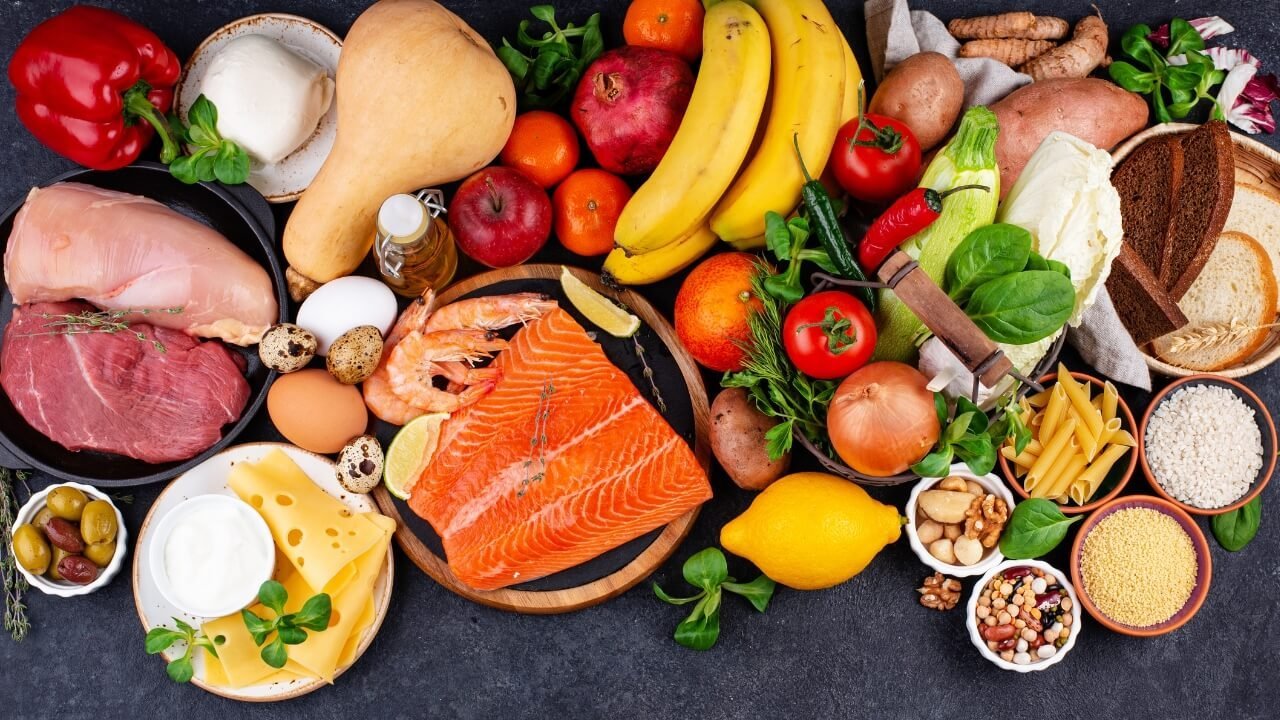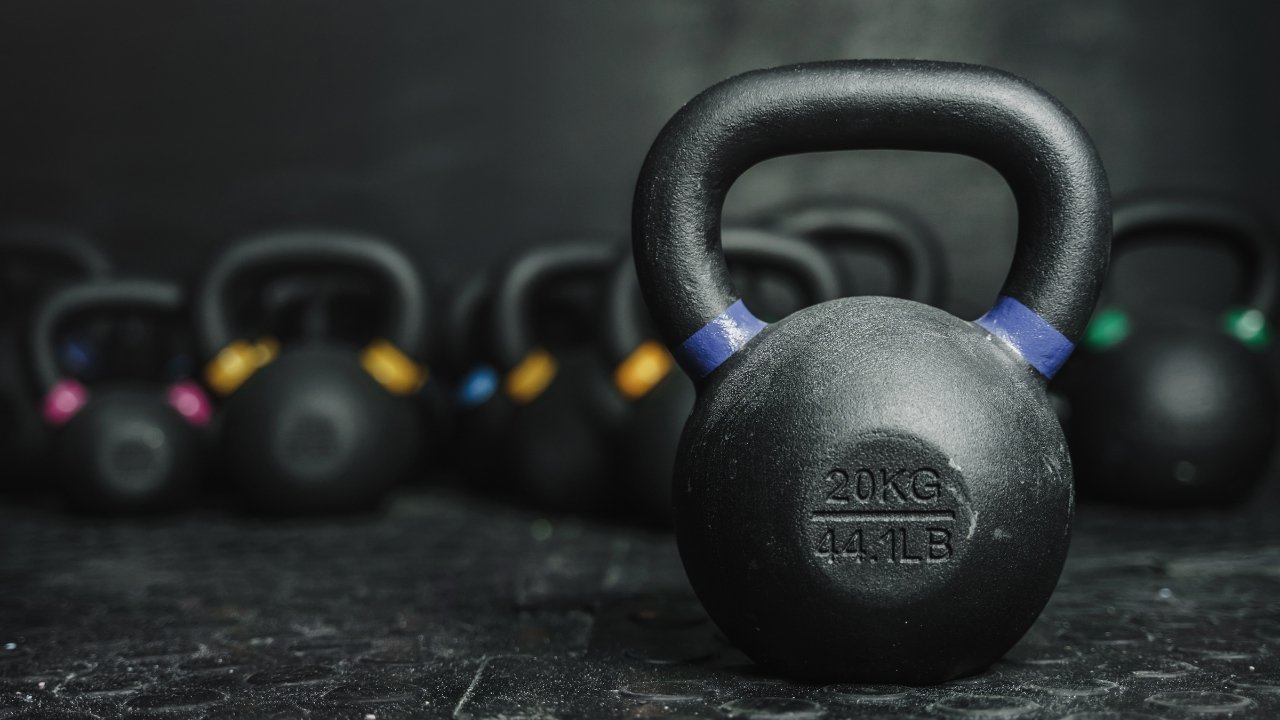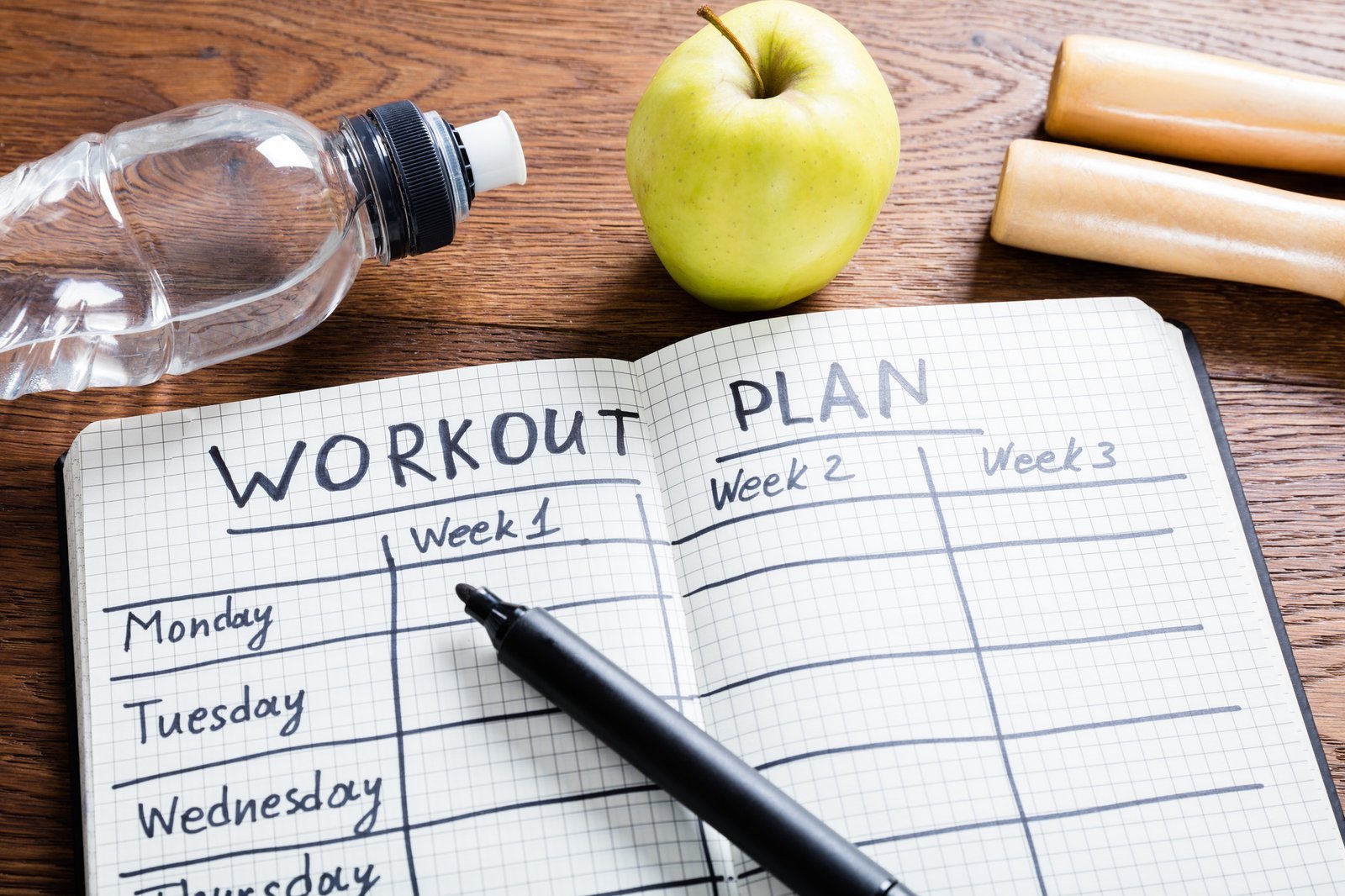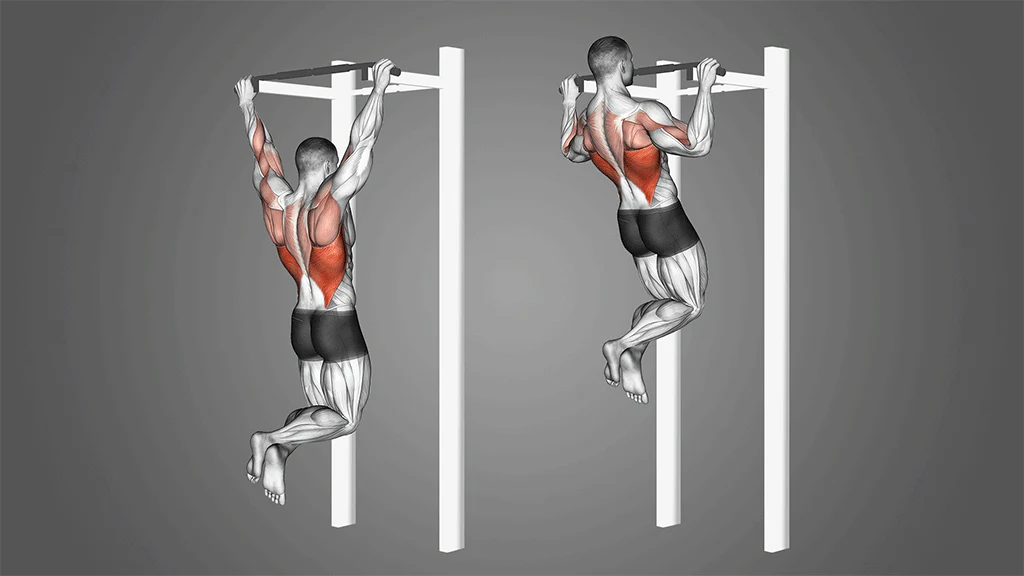Intermittent Fasting: Unlock the Secret to American Wellness Revolution
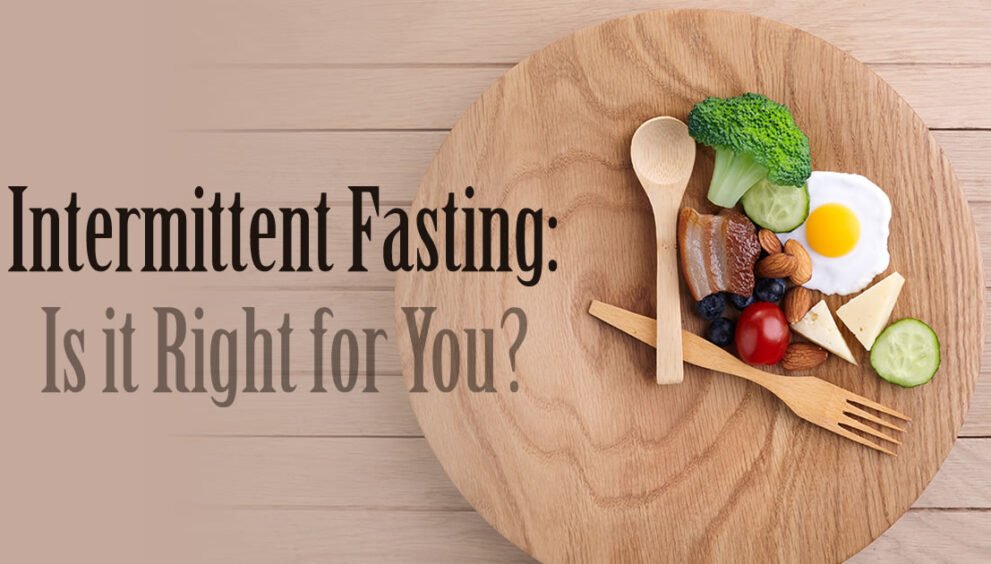
In a nation where busy schedules and fast food often dictate eating habits, intermittent fasting has emerged as a transformative approach to health, capturing the attention of Americans seeking sustainable wellness solutions. Far from a fleeting diet trend, this eating pattern cycles between periods of eating and fasting, promising benefits like weight loss, improved energy, and enhanced mental clarity. For Americans juggling work, family, and fitness goals, intermittent fasting offers a flexible, science-backed way to take control of their health. This blog dives into the world of intermittent fasting, exploring its methods, benefits, challenges, and real-world appeal, with insights from experts and everyday practitioners to guide you on this journey.
Understanding Intermittent Fasting
Intermittent fasting isn’t about what you eat but when you eat. Unlike traditional diets that focus on calorie counting or food restrictions, this practice alternates periods of eating with periods of fasting. Popular methods include the 16/8 protocol, where you fast for 16 hours and eat within an 8-hour window, the 5:2 method, which involves normal eating for five days and reduced calorie intake on two non-consecutive days, and alternate-day fasting. Each approach allows the body to tap into stored energy, promoting fat loss and metabolic health.
For Americans, the appeal lies in its simplicity and adaptability. You don’t need to overhaul your pantry or follow complex meal plans. Instead, you adjust your eating schedule to align with your lifestyle. A Reddit user in the r/intermittentfasting community shared, “I started with 16/8 because it fit my work schedule. I just skip breakfast and feel more focused by noon.” This flexibility makes intermittent fasting a practical choice for busy professionals, parents, and fitness enthusiasts across the U.S.
Why Intermittent Fasting Resonates with Americans
The allure of intermittent fasting stems from its wide-ranging health benefits, which resonate with Americans’ focus on longevity and vitality. Research shows that fasting can promote weight loss by reducing overall calorie intake and enhancing fat-burning processes. A 2019 study in Cell Metabolism found that intermittent fasting improves insulin sensitivity, which is crucial for managing blood sugar and preventing type 2 diabetes—a growing concern in the U.S. Additionally, fasting may support heart health by lowering cholesterol and blood pressure.
Beyond physical benefits, intermittent fasting boosts mental clarity and energy. By stabilizing blood sugar levels, it reduces the mid-afternoon slumps many Americans experience. Dr. Jason Fung, a leading expert on fasting and author of The Obesity Code, explains, “Fasting allows the body to repair itself, from reducing inflammation to enhancing brain function, making it a powerful tool for modern health.” This holistic impact aligns with Americans’ desire for solutions that enhance both body and mind.
A Fit for Fast-Paced Lifestyles
In a country where time is a precious commodity, intermittent fasting fits seamlessly into the American way of life. Unlike restrictive diets that require meticulous planning, fasting simplifies meal prep and reduces decision fatigue. For instance, skipping breakfast or delaying lunch allows busy professionals to focus on work without worrying about mid-morning snacks. Similarly, parents can align their eating windows with family dinners, making it easier to maintain consistency.
Reddit discussions in r/intermittentfasting highlight this practicality. One user noted, “As a nurse working 12-hour shifts, IF is a lifesaver. I eat when I get home and fast through my shift.” This adaptability appeals to Americans who value efficiency without sacrificing results, making intermittent fasting a cultural match for the fast-paced U.S. lifestyle.
Practicing Intermittent Fasting Effectively
Getting started with intermittent fasting requires choosing a method that suits your routine. The 16/8 protocol is the most popular among Americans due to its simplicity—fast for 16 hours (including sleep) and eat within an 8-hour window, such as noon to 8 p.m. The 5:2 method, where you consume 500–600 calories on two days and eat normally on the others, suits those who prefer less frequent fasting. Alternate-day fasting, though more intense, appeals to those seeking rapid results.
To ease into fasting, start with a 12-hour fast and gradually extend the window. Hydration is key during fasting periods—water, black coffee, and unsweetened tea help curb hunger. For Americans new to fasting, experimenting with different methods can help identify the best fit. A Reddit user in r/fasting advised, “I tried 16/8 but felt better with 14/10. Listen to your body and don’t force it.”
Integrating Fasting into Daily Routines
Successfully adopting intermittent fasting involves aligning it with your daily rhythm. For many Americans, this means scheduling eating windows around work, exercise, and social commitments. For example, gym-goers may time their meals to fuel workouts, while office workers may prefer evening eating windows to enjoy family dinners. Planning nutrient-dense meals—rich in protein, healthy fats, and vegetables—ensures you meet nutritional needs within the eating period.
Moreover, mindfulness enhances the fasting experience. Paying attention to hunger cues and savoring meals can prevent overeating during eating windows. This approach resonates with Americans seeking balance in their wellness journey, as it combines structure with intuition.
Navigating Challenges of Intermittent Fasting
While intermittent fasting is straightforward, it’s not without hurdles. Hunger pangs, social pressures, and initial fatigue are common, especially for beginners. However, these challenges can be managed with practical strategies.
Hunger during fasting periods often stems from habit rather than genuine need. Staying busy, drinking water, or chewing gum can distract from cravings. Social settings, like office lunches or weekend barbecues, can also complicate fasting. Communicating your goals to friends and family or choosing fasting-friendly options, like sparkling water, helps maintain consistency. A Reddit user in r/intermittentfasting shared, “I bring my own drinks to parties and stick to my fasting window. Most people don’t even notice.”
Fatigue may occur as your body adjusts to fasting. Ensuring adequate sleep and easing into longer fasts can mitigate this. For Americans, who often face high-stress environments, these strategies make intermittent fasting sustainable over time.
Intermittent Fasting in the American Landscape
In a nation grappling with obesity rates and chronic health issues, intermittent fasting offers a promising solution. The CDC reports that over 40% of American adults are obese, driving demand for effective weight management strategies. Fasting’s ability to reduce calorie intake without restrictive dieting appeals to those frustrated by traditional approaches. Furthermore, its potential to lower risks of diabetes and heart disease aligns with public health priorities.
Social media platforms like Reddit amplify fasting’s popularity. In r/intermittentfasting, users share success stories, from shedding pounds to gaining mental clarity. One post read, “Six months of IF, and I’m down 30 pounds. My energy is through the roof!” These testimonials inspire Americans to try fasting, fostering a sense of community and accountability.
Clarifying Misconceptions and Risks
Despite its benefits, intermittent fasting faces misconceptions. Some believe it’s synonymous with starvation or unsuitable for women. However, when done correctly, fasting is safe for most healthy adults. Women may need to adjust fasting windows to account for hormonal fluctuations, starting with shorter fasts. Consulting a healthcare provider is wise, especially for those with medical conditions like diabetes or pregnancy.
Another myth is that fasting leads to muscle loss. Studies, including a 2020 review in Obesity, show that intermittent fasting preserves muscle mass when paired with adequate protein intake and exercise. For fitness-conscious Americans, this makes fasting a viable tool for body composition goals.
Sustaining Intermittent Fasting Long-Term
To make intermittent fasting a long-term habit, approach it with flexibility and self-compassion. Life events—holidays, travel, or stressful weeks—may disrupt your schedule, and that’s okay. Resume fasting when ready, and focus on progress over perfection. Joining online communities, like Reddit’s r/intermittentfasting, provides support and motivation, with users sharing tips on everything from meal prep to managing cravings.
Additionally, complement fasting with a balanced lifestyle. Regular exercise, stress management, and quality sleep enhance its benefits. For Americans, integrating fasting into a holistic wellness plan ensures lasting success.
Concluding Thoughts
Intermittent fasting is more than a health trend; it’s a lifestyle shift that empowers Americans to reclaim control over their well-being. By simplifying eating patterns and delivering tangible benefits—from weight loss to mental clarity—it offers a practical solution for a nation navigating busy lives and health challenges. While not without obstacles, its flexibility and science-backed advantages make it accessible to all, from fitness buffs to working parents. As you consider embarking on this journey, remember that intermittent fasting is about listening to your body and finding balance. Take the first step, experiment with a fasting window, and discover how this practice can transform your health, one mindful meal at a time.








